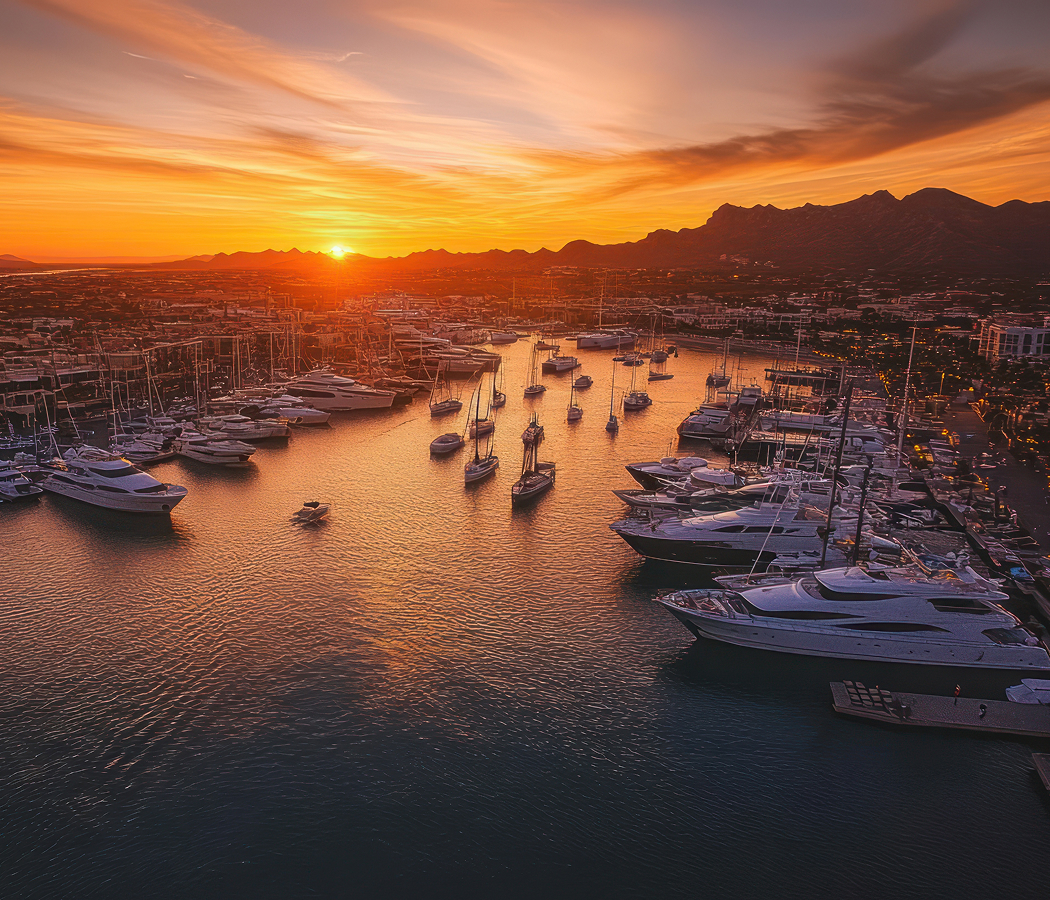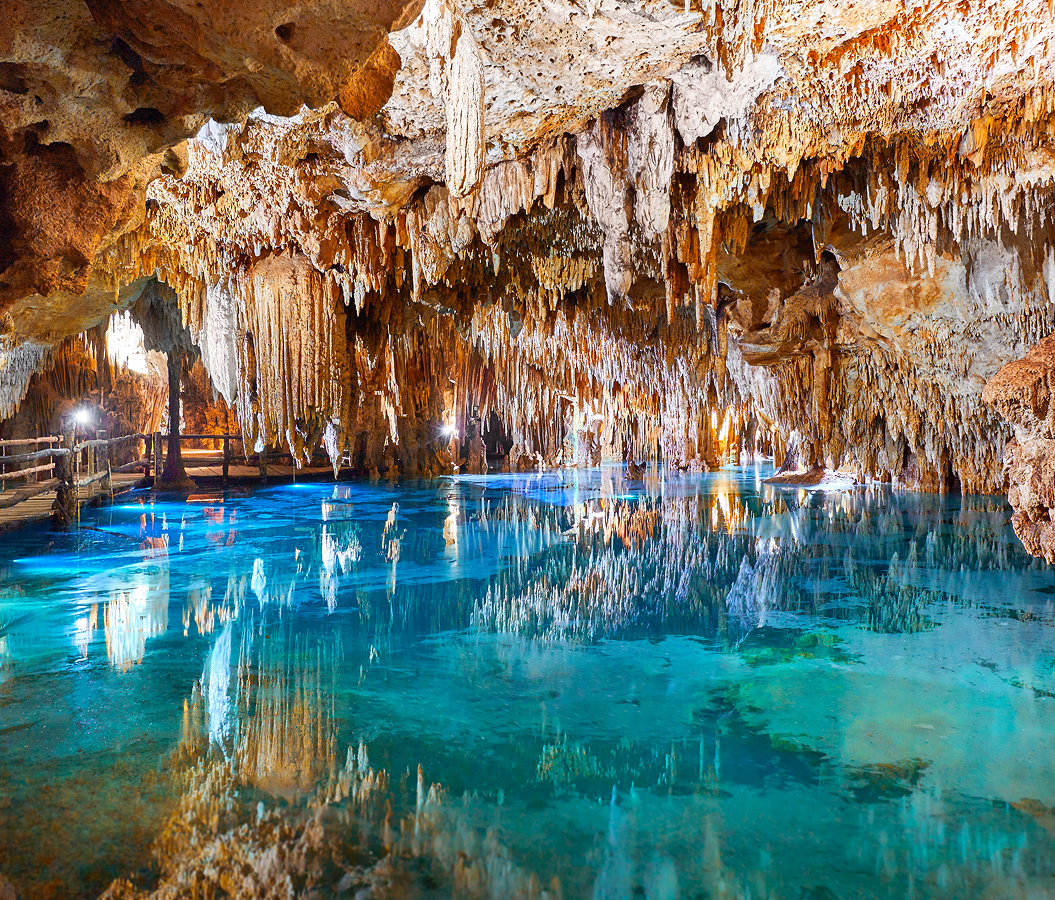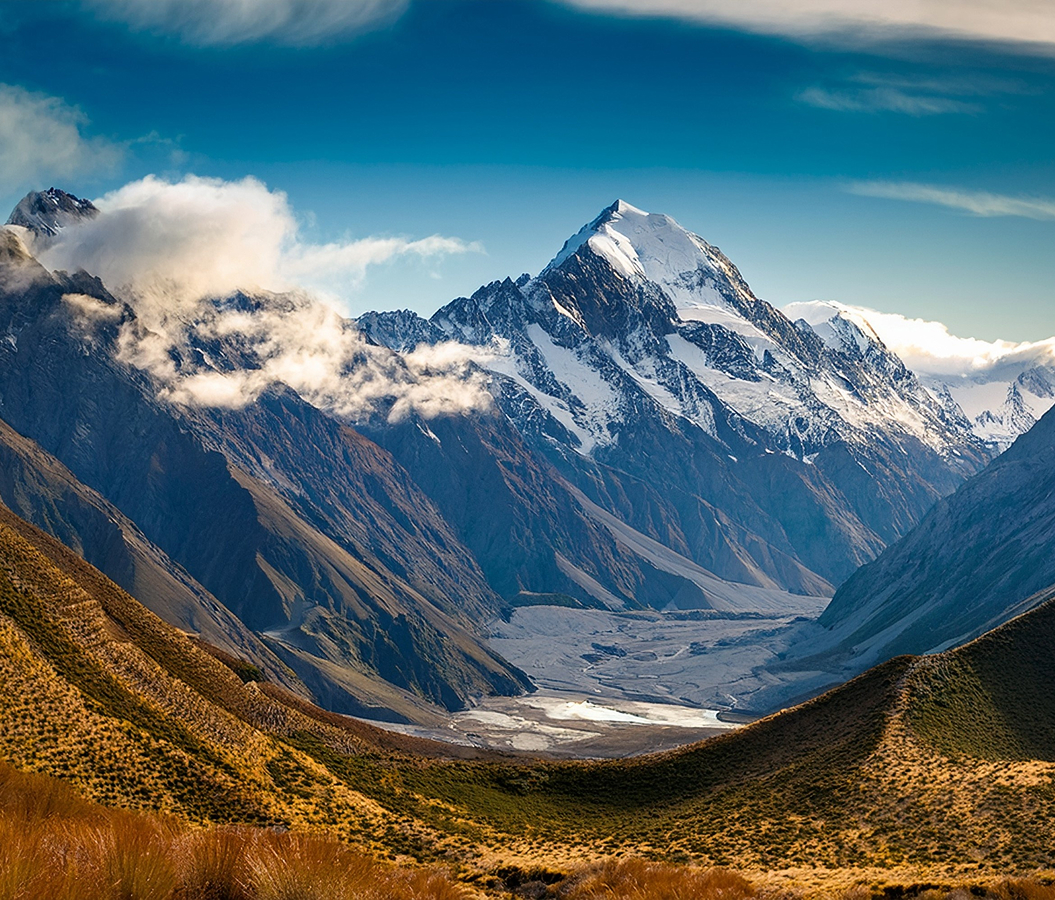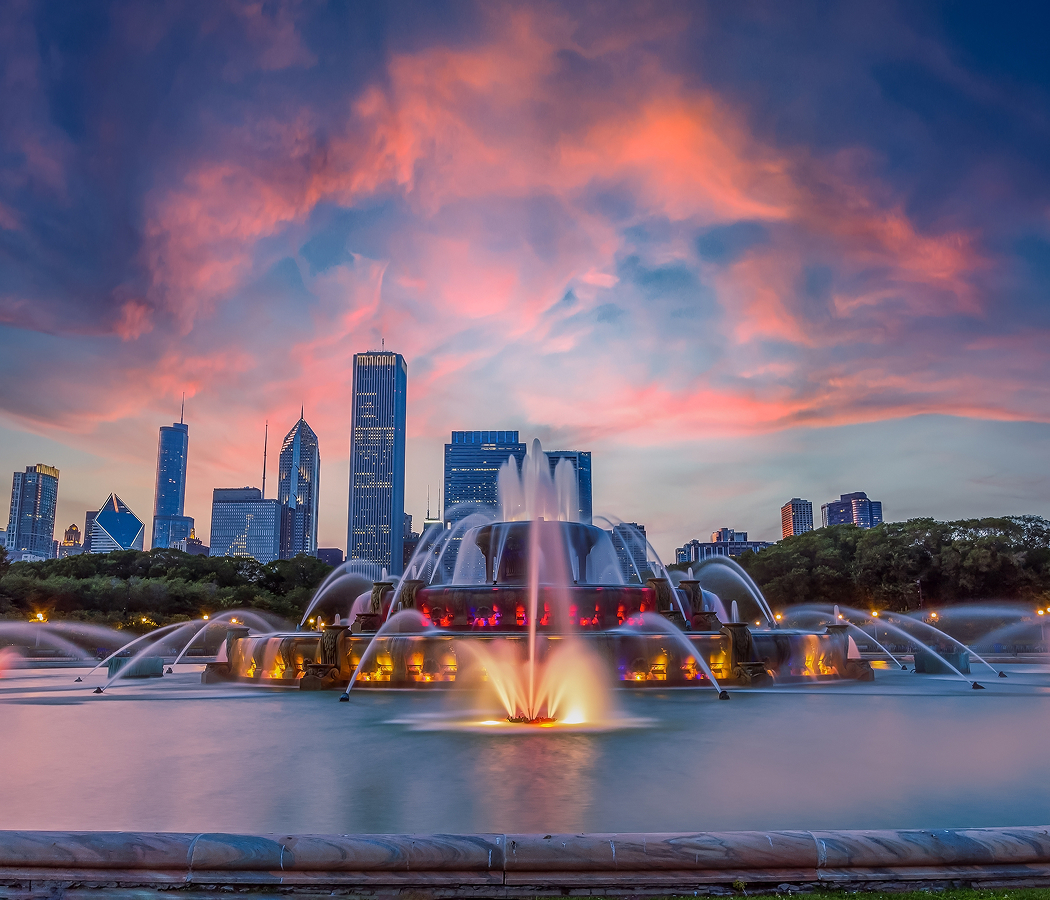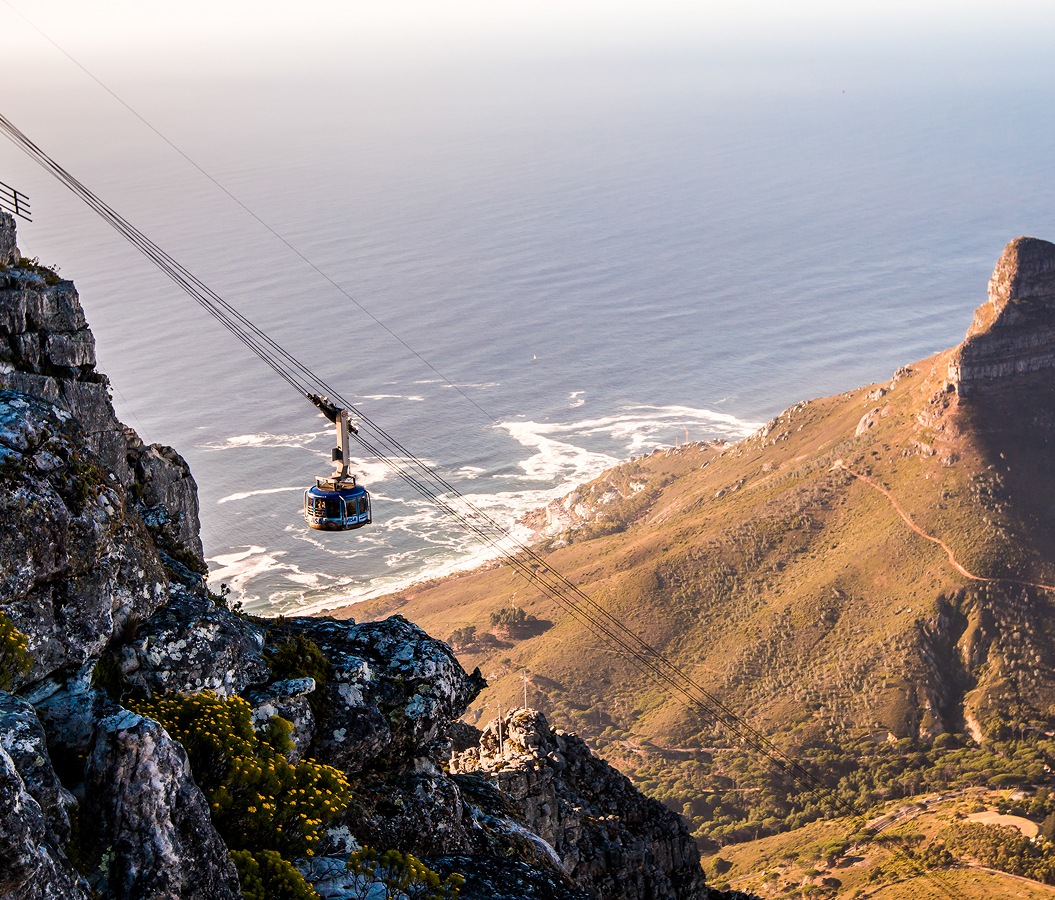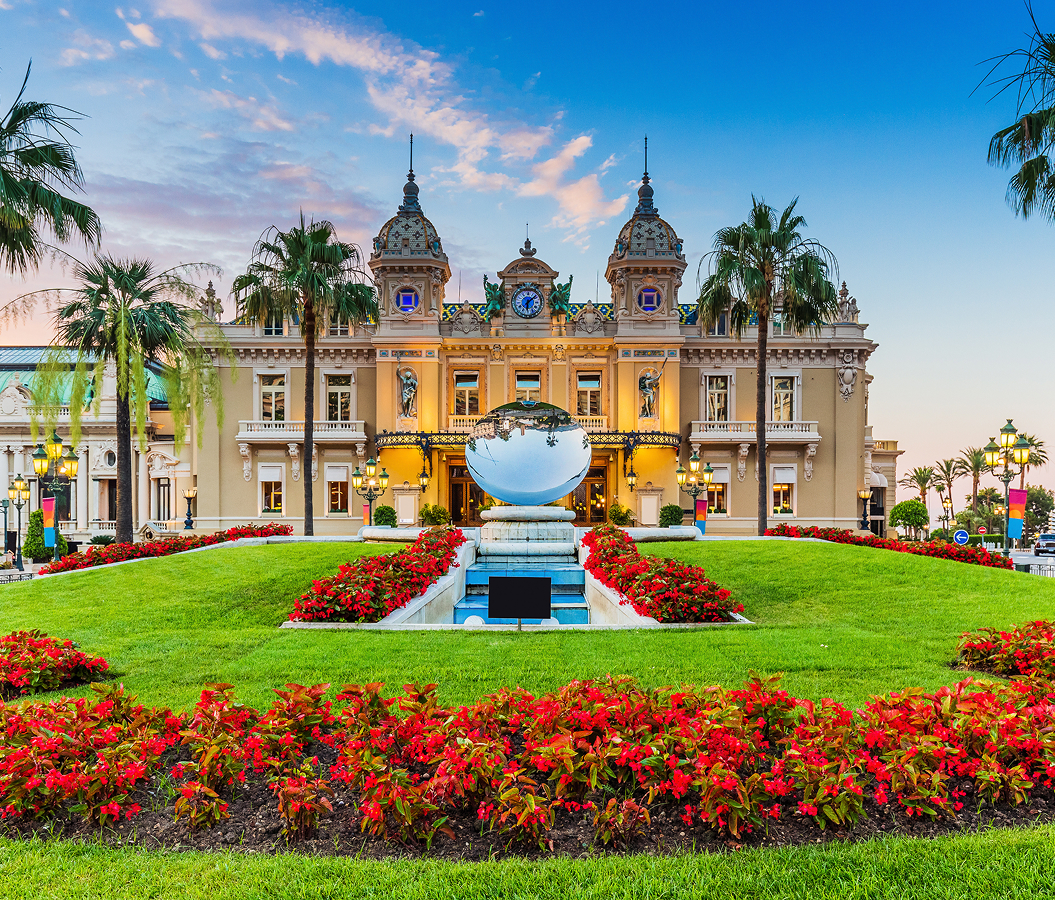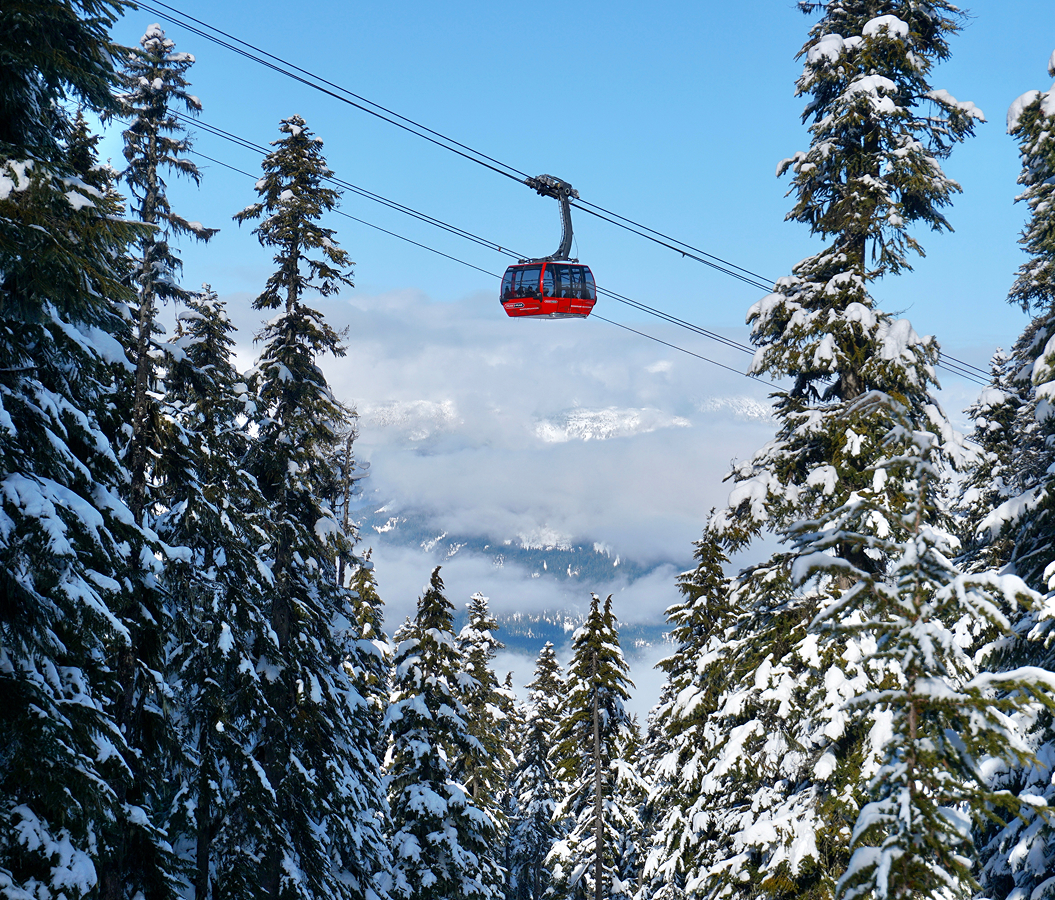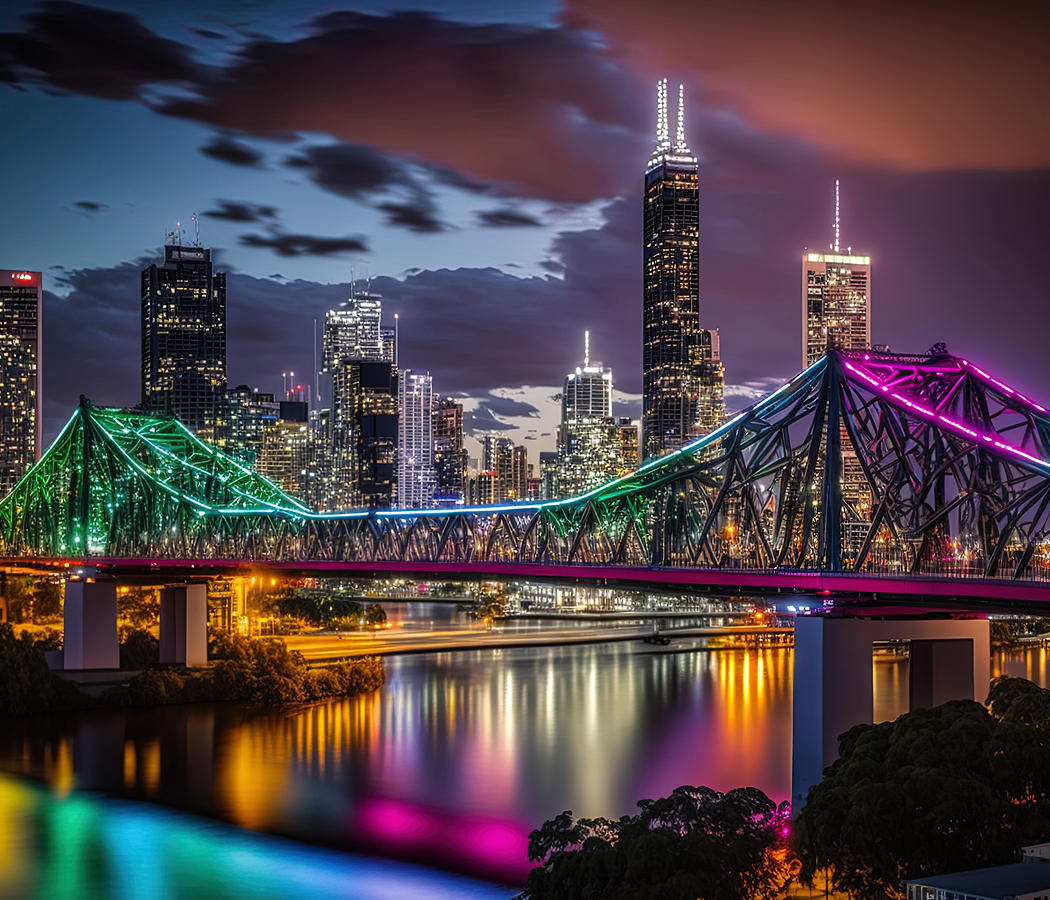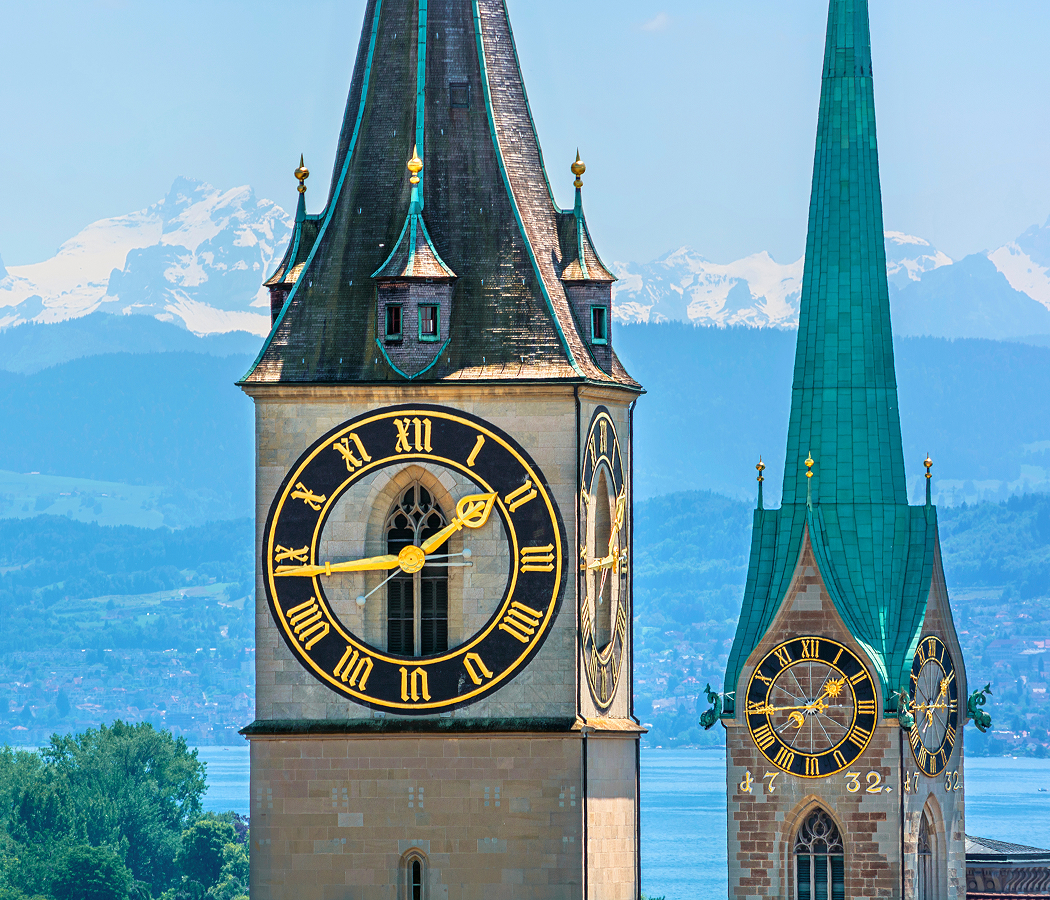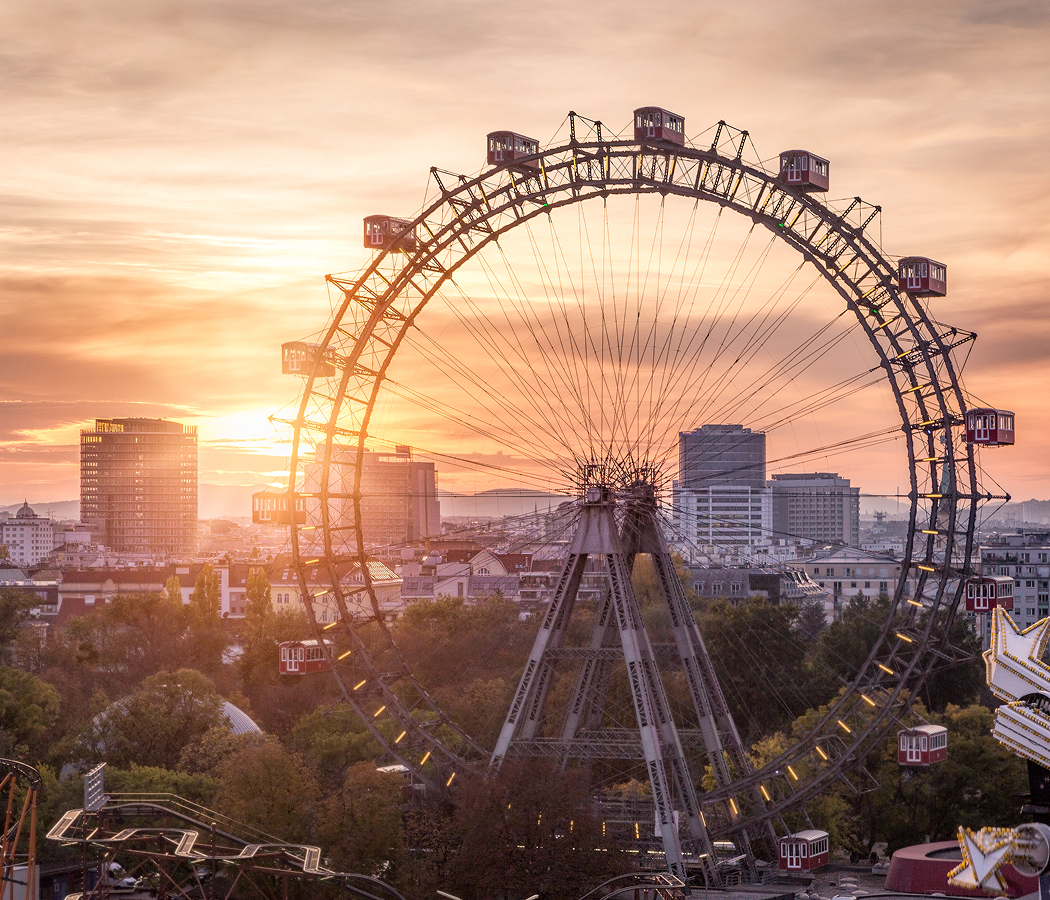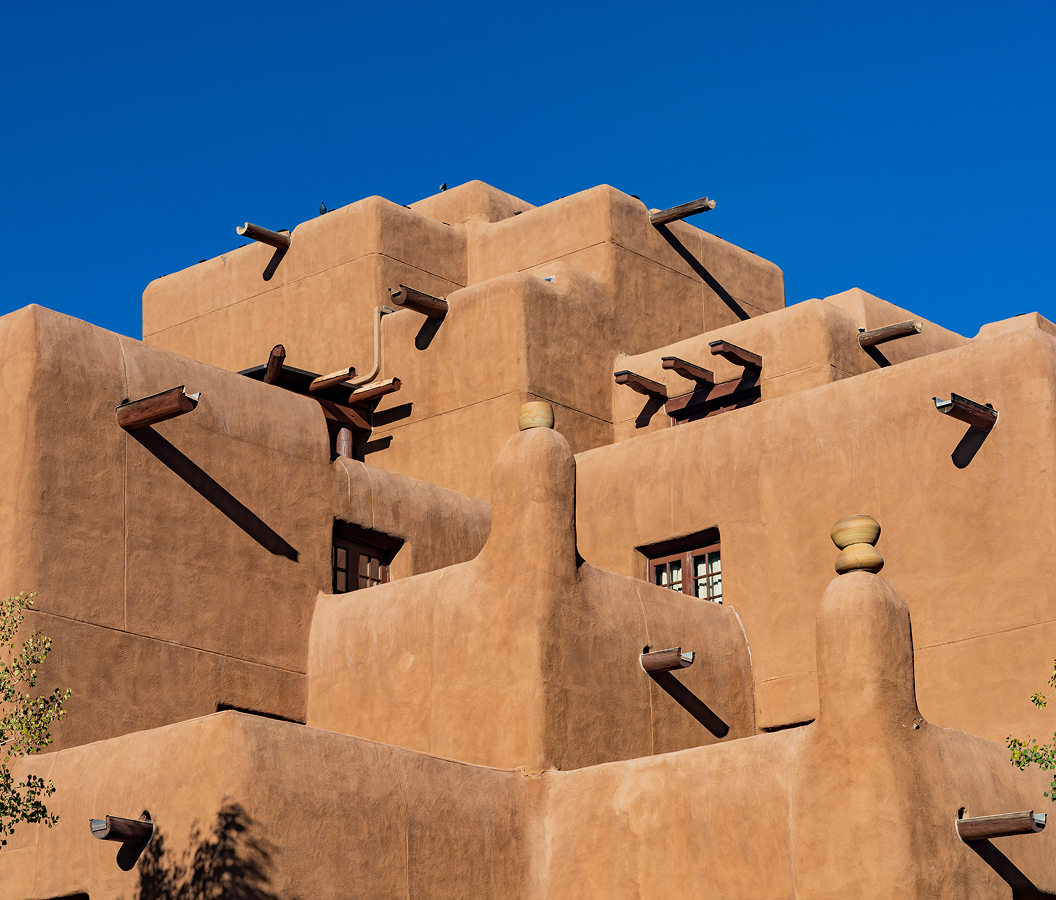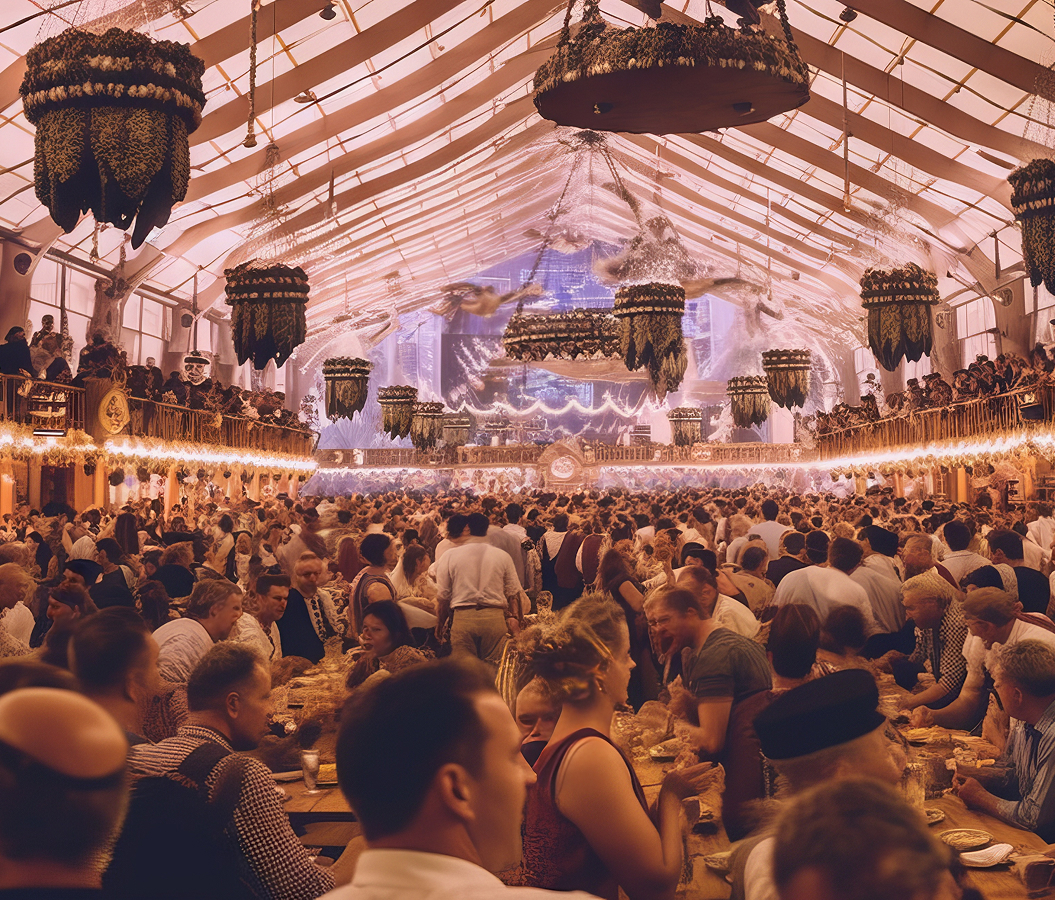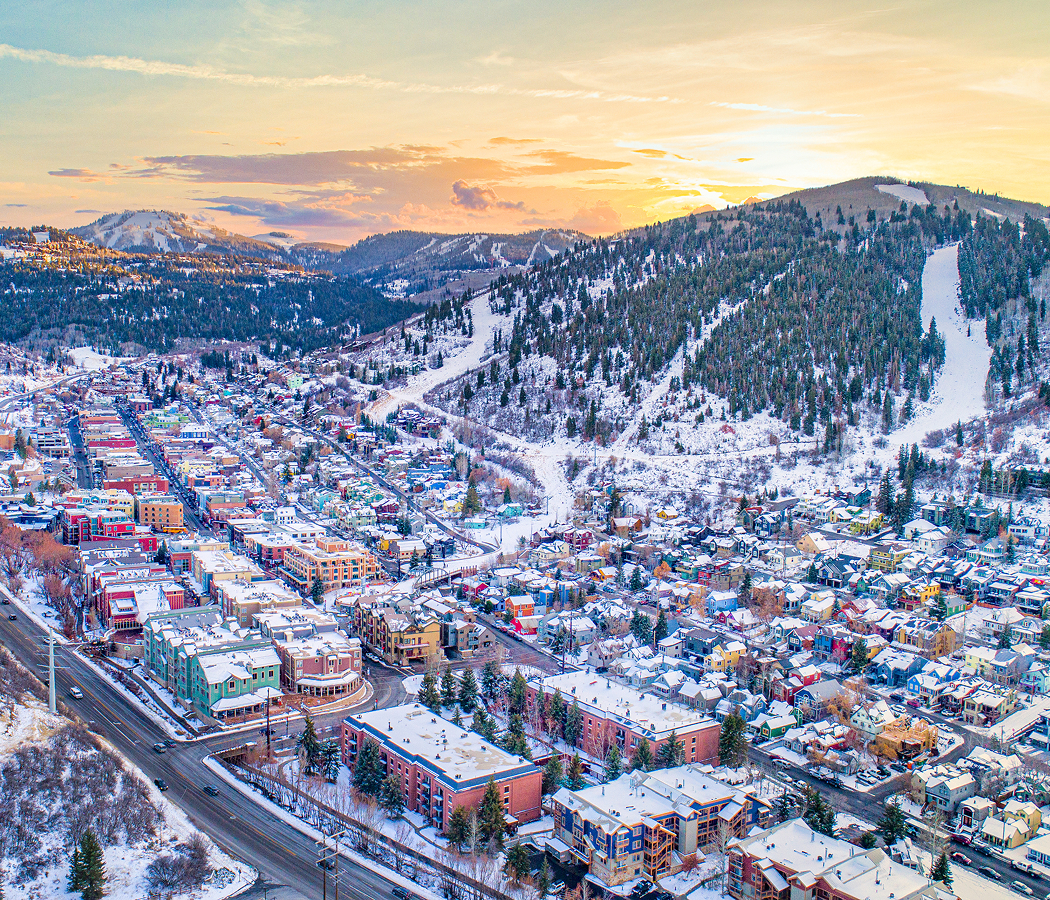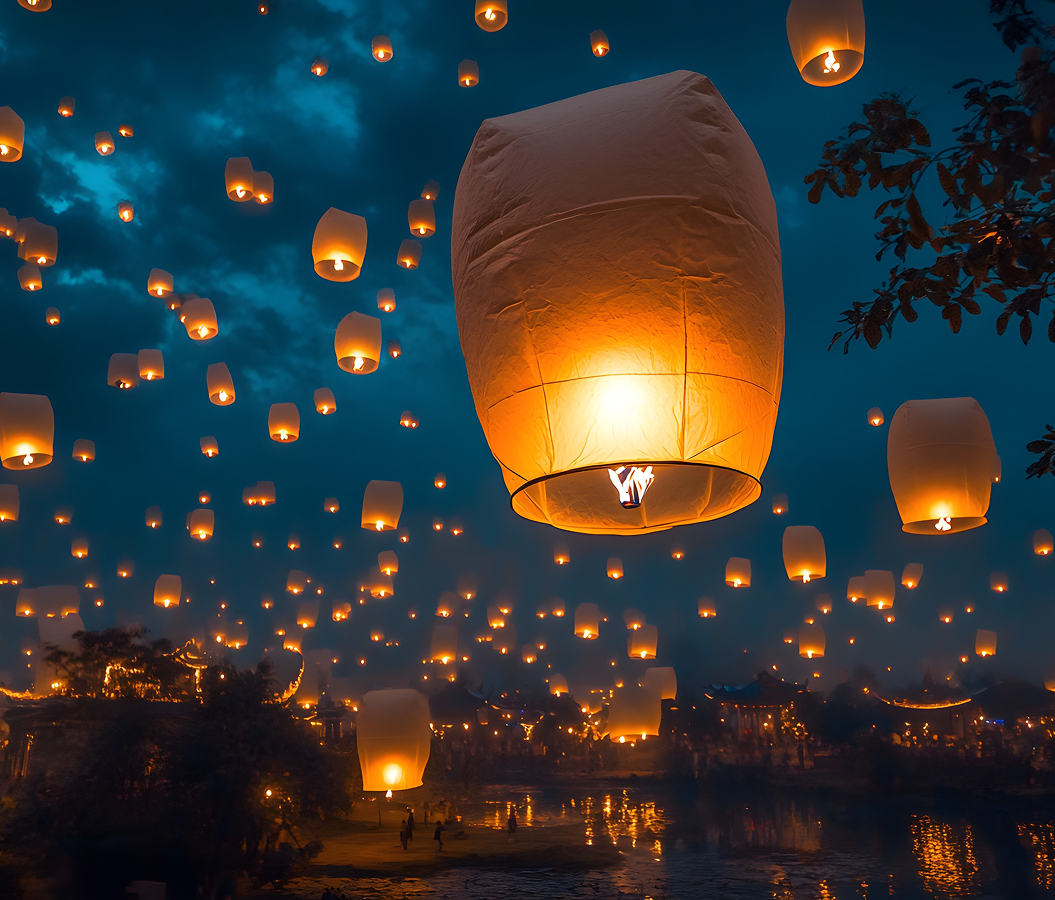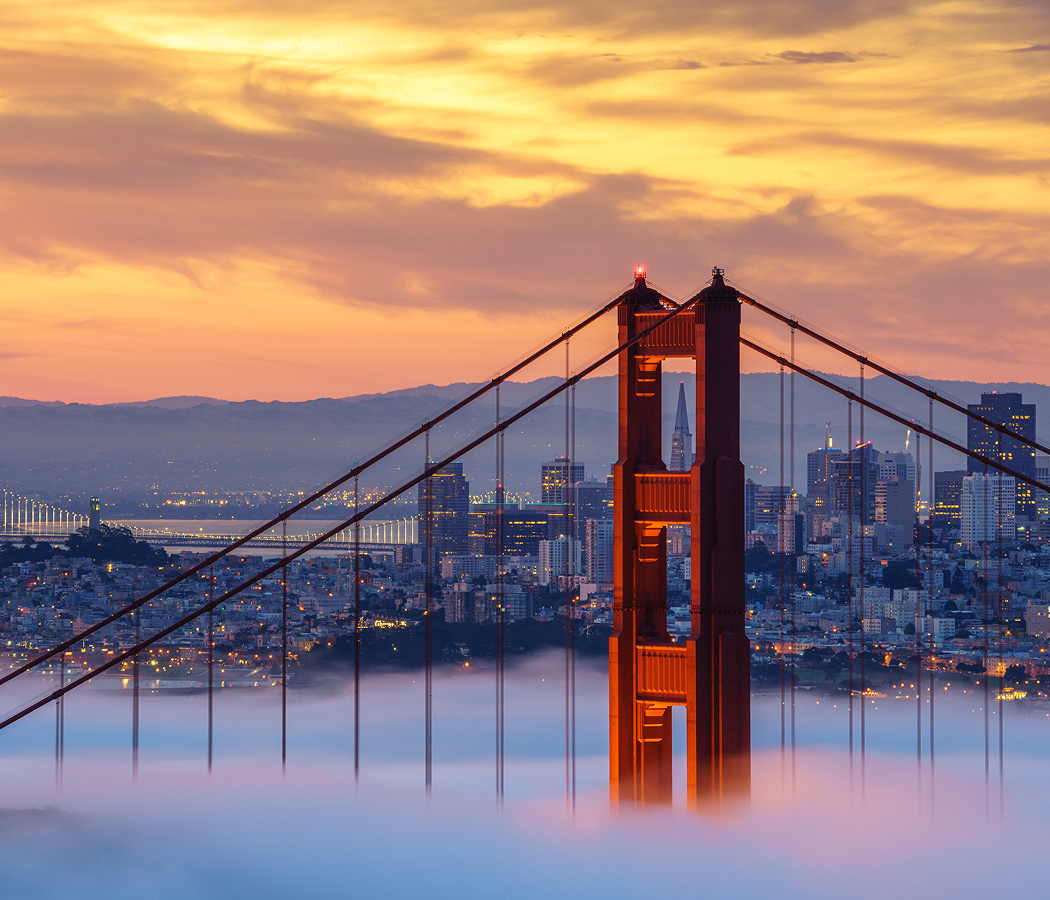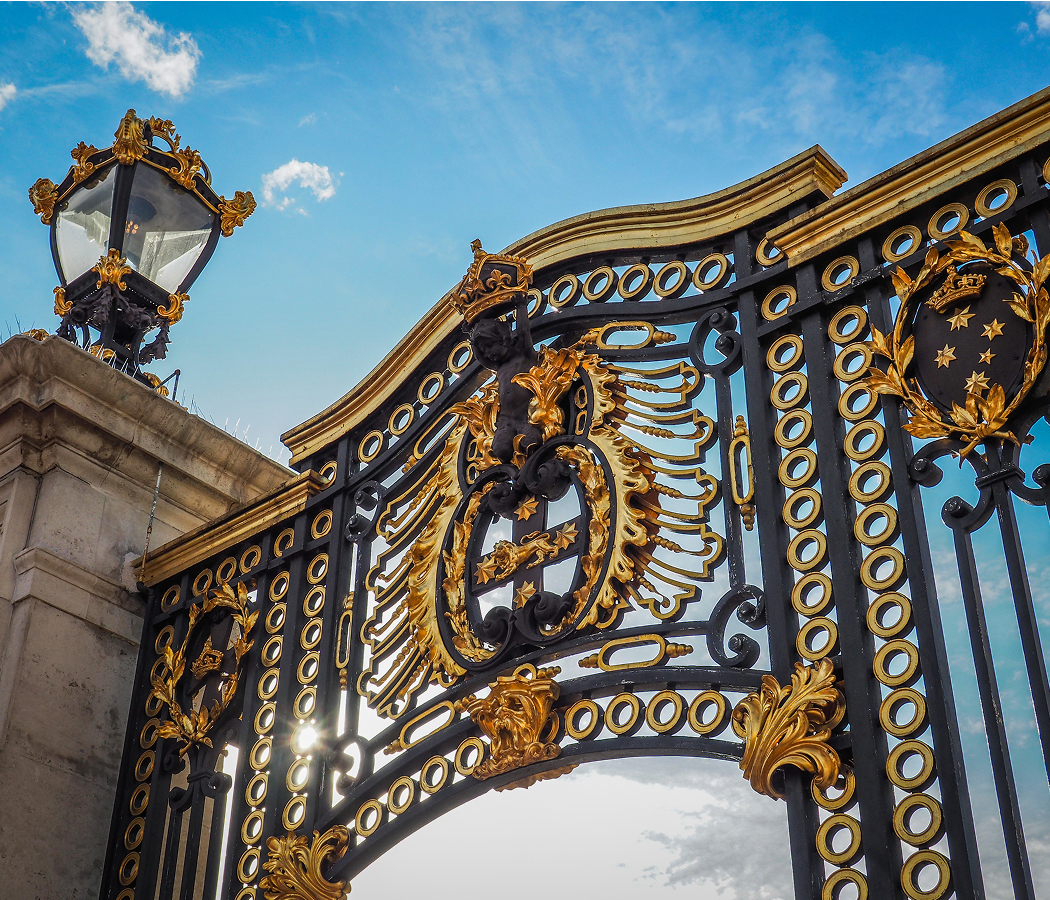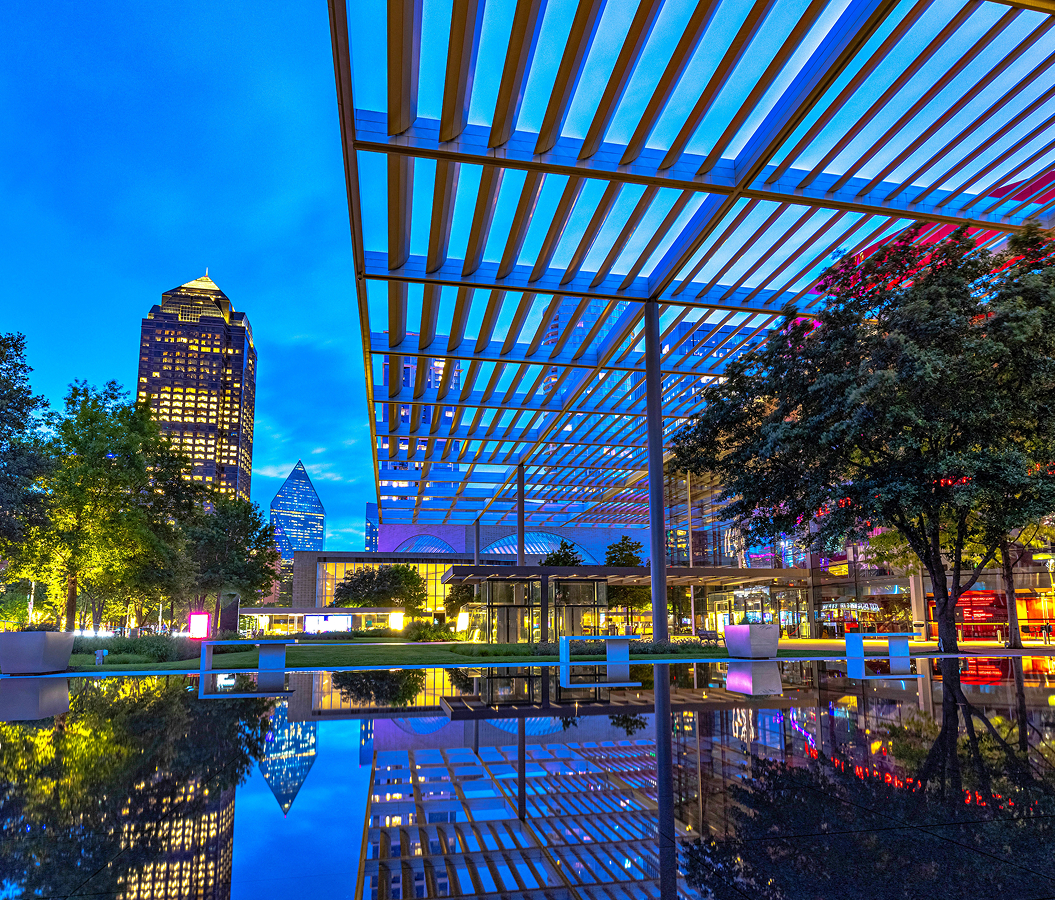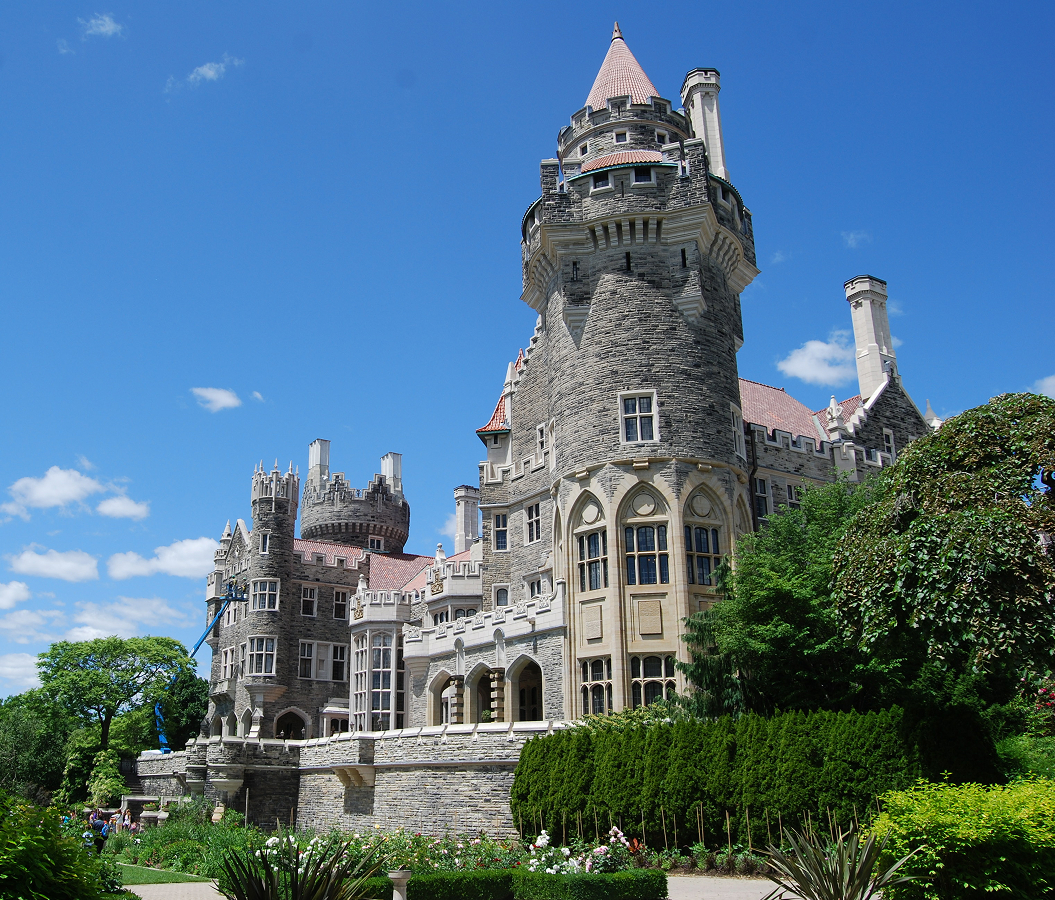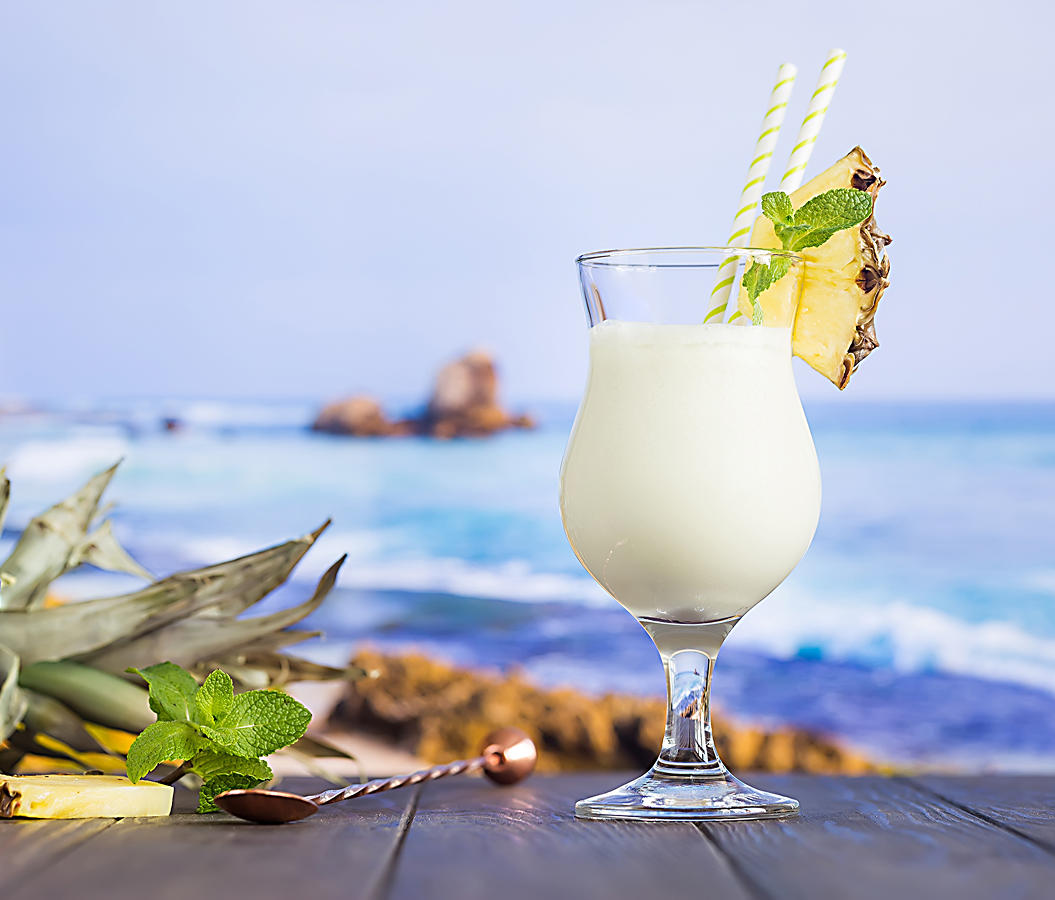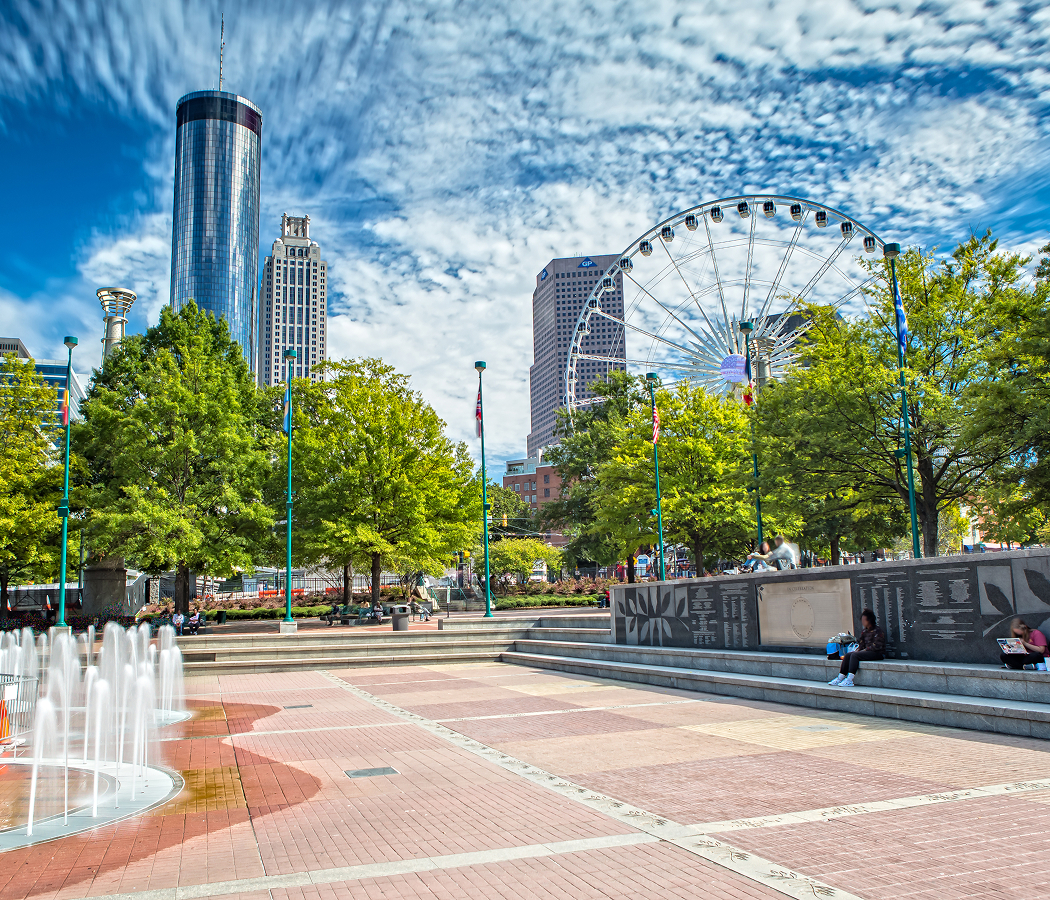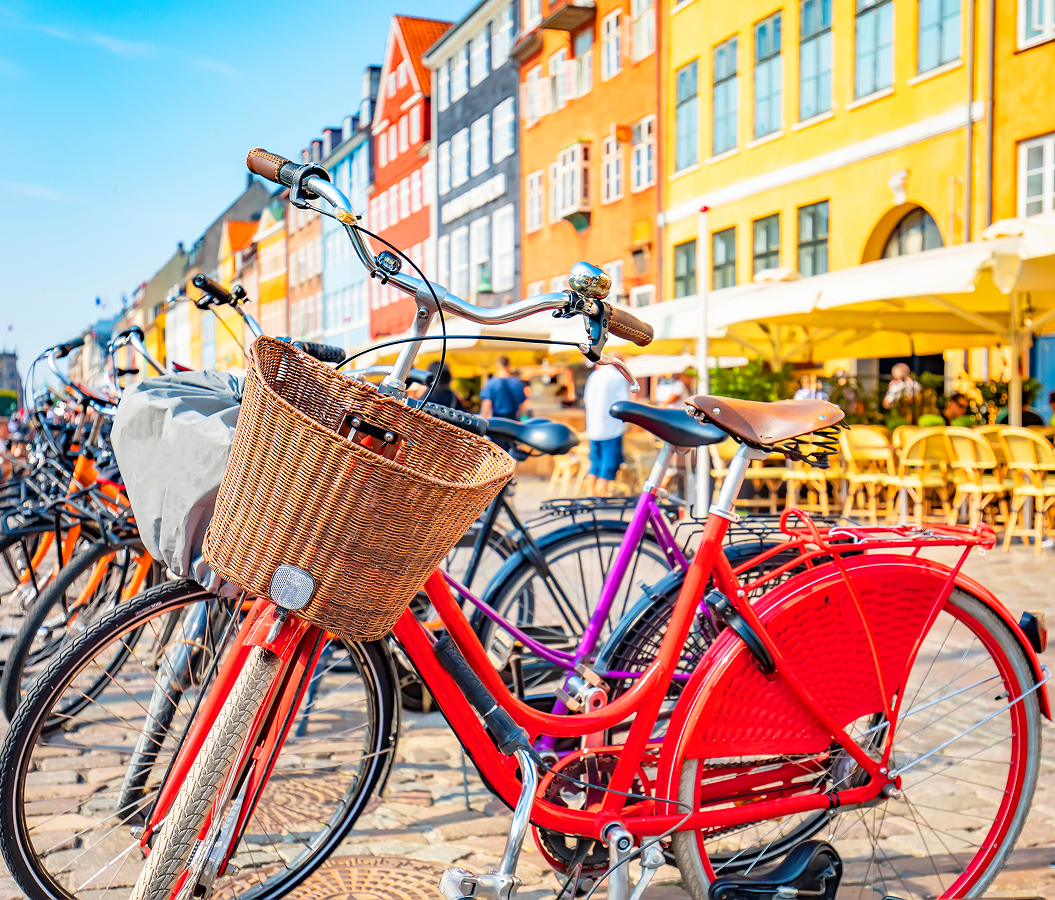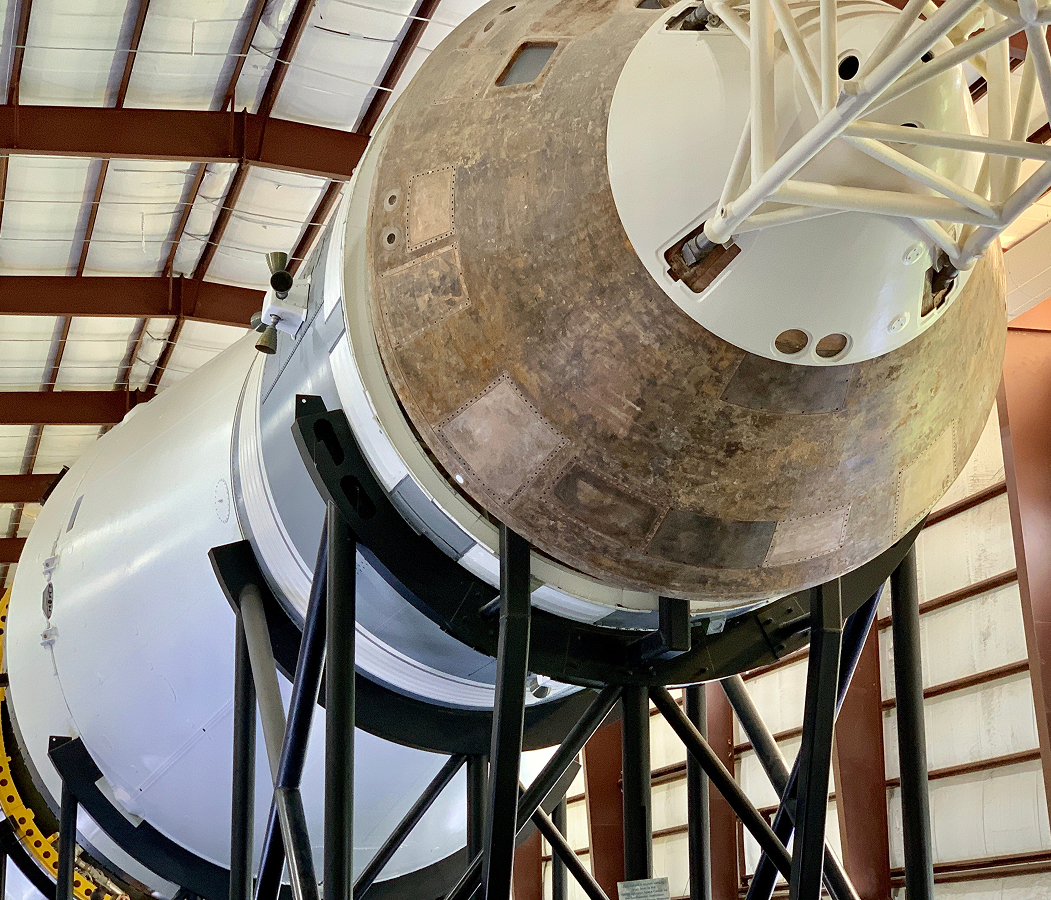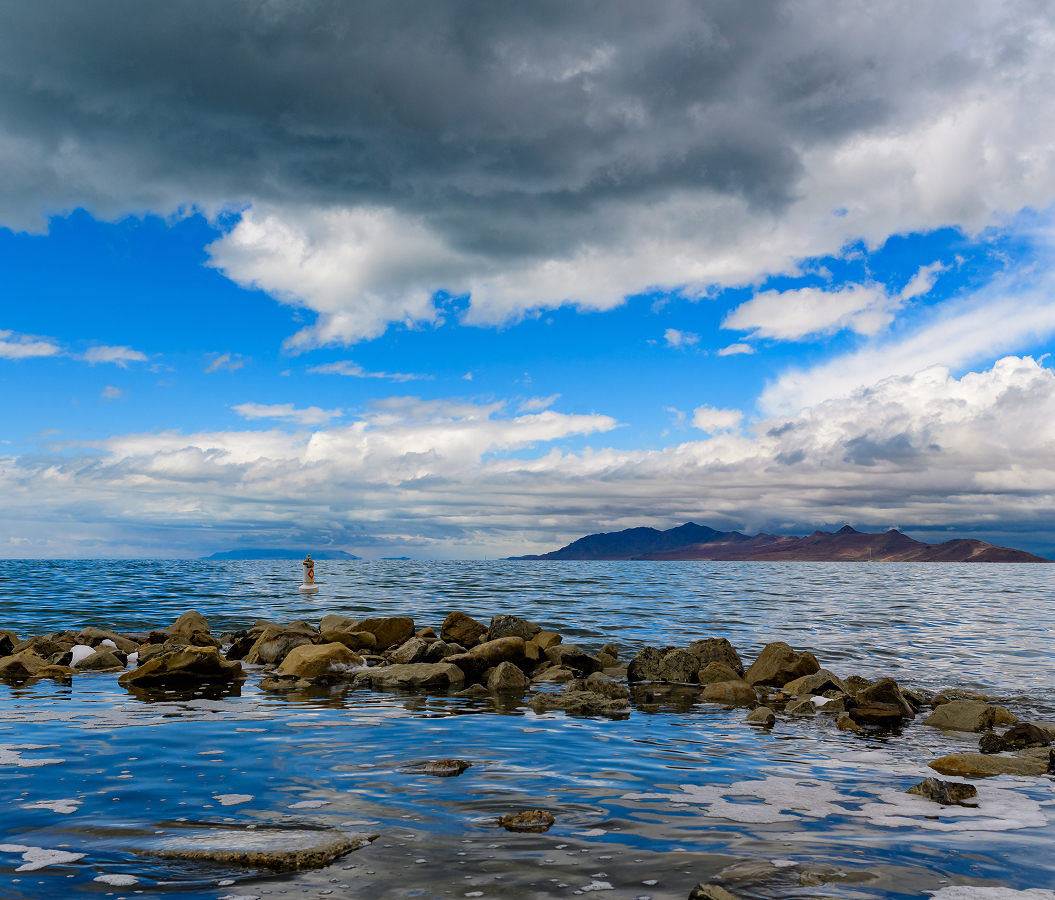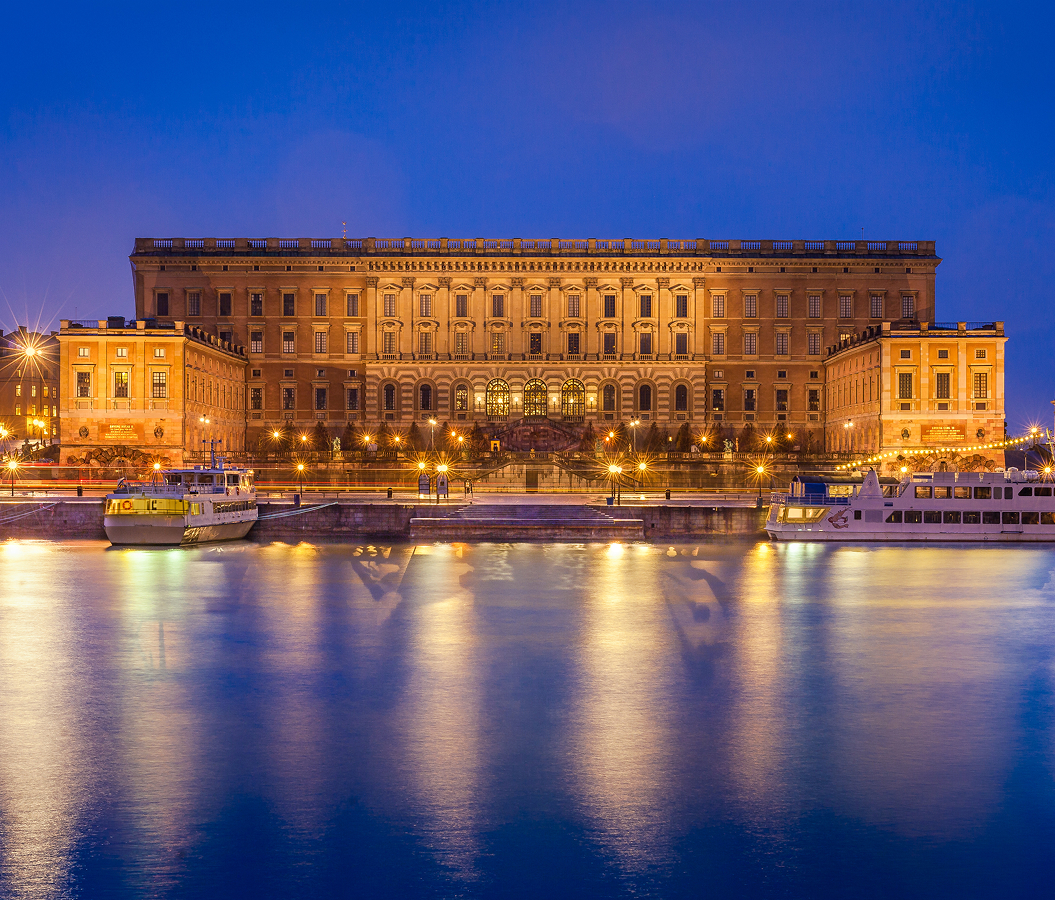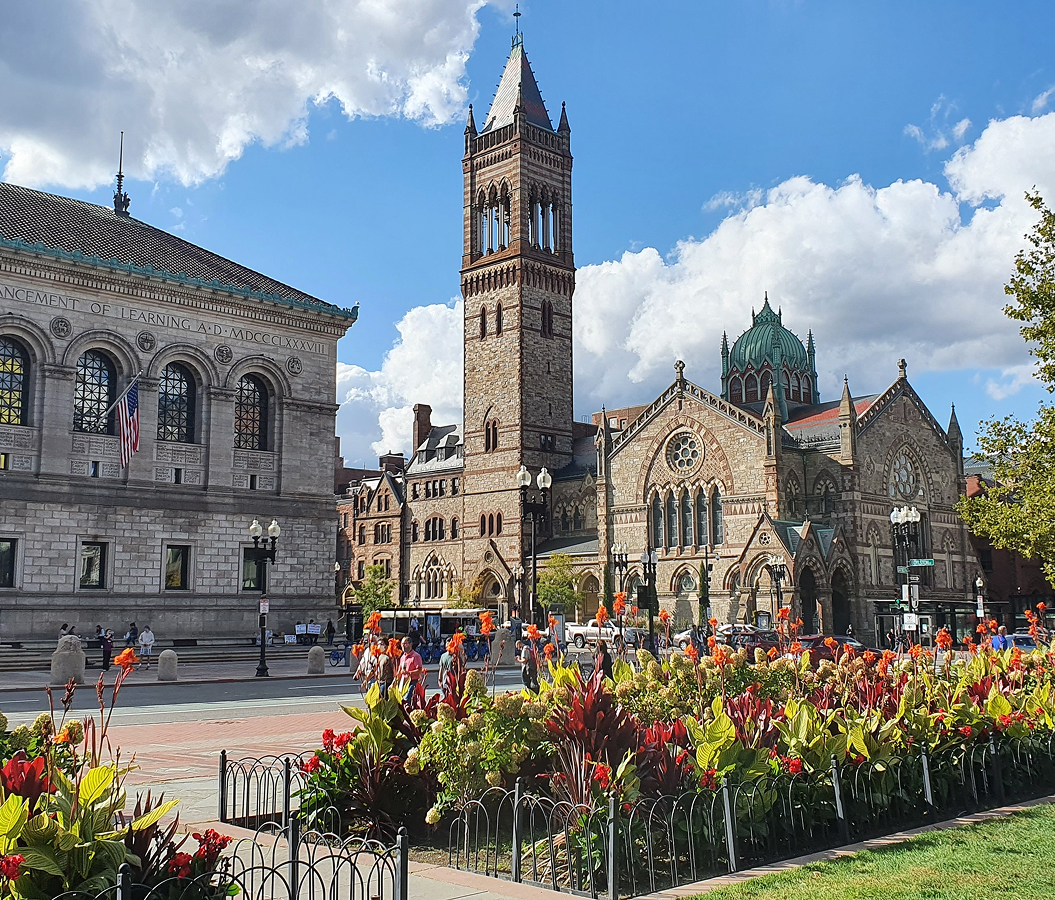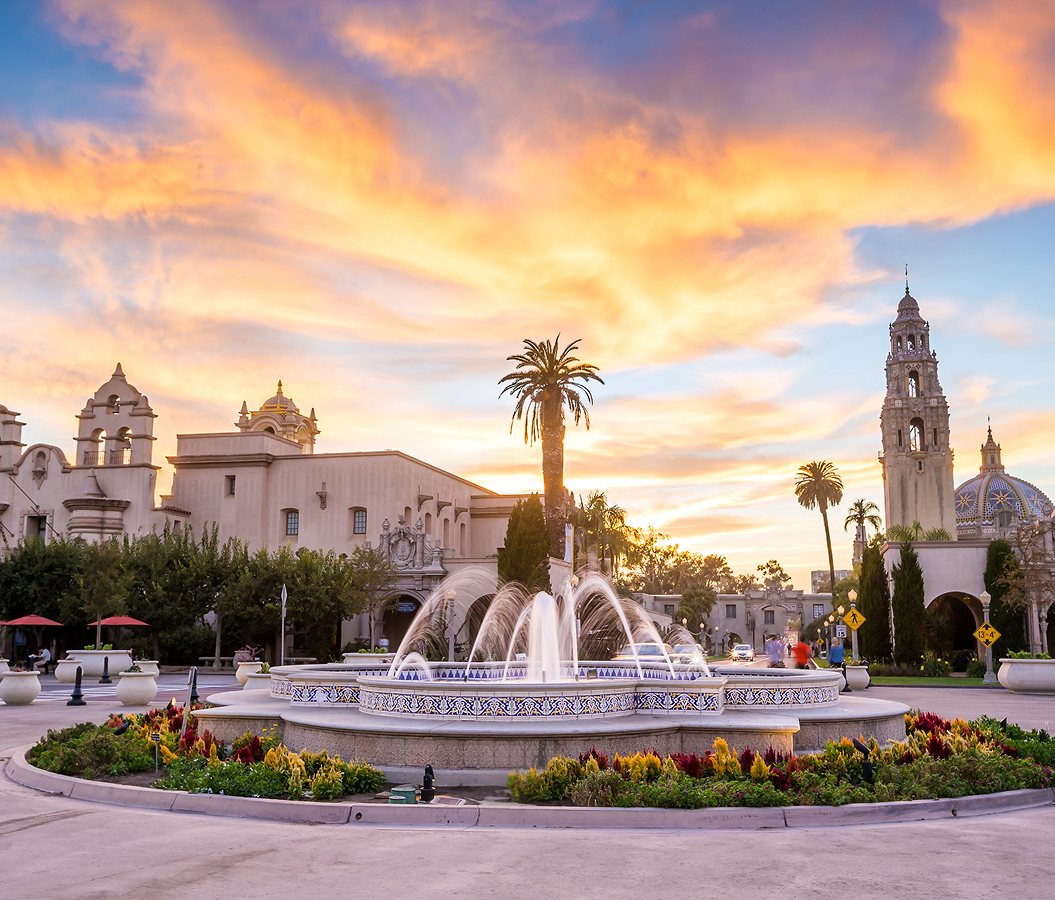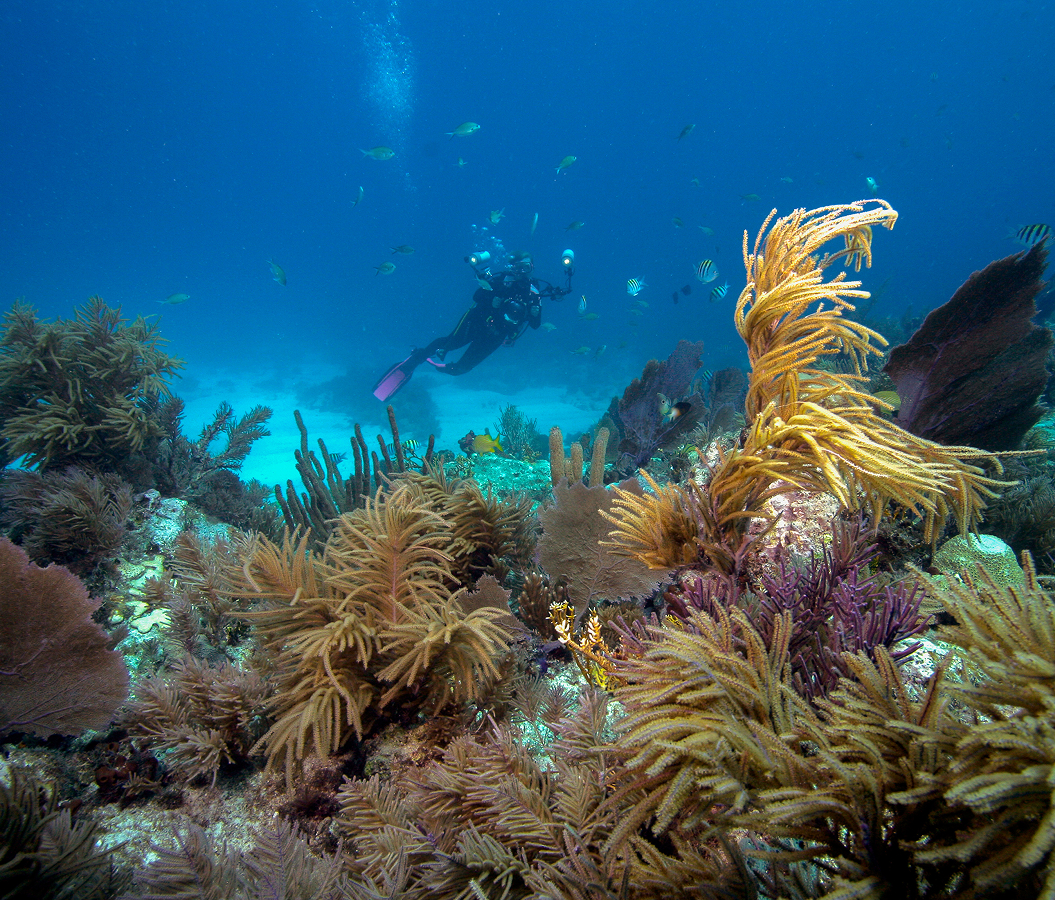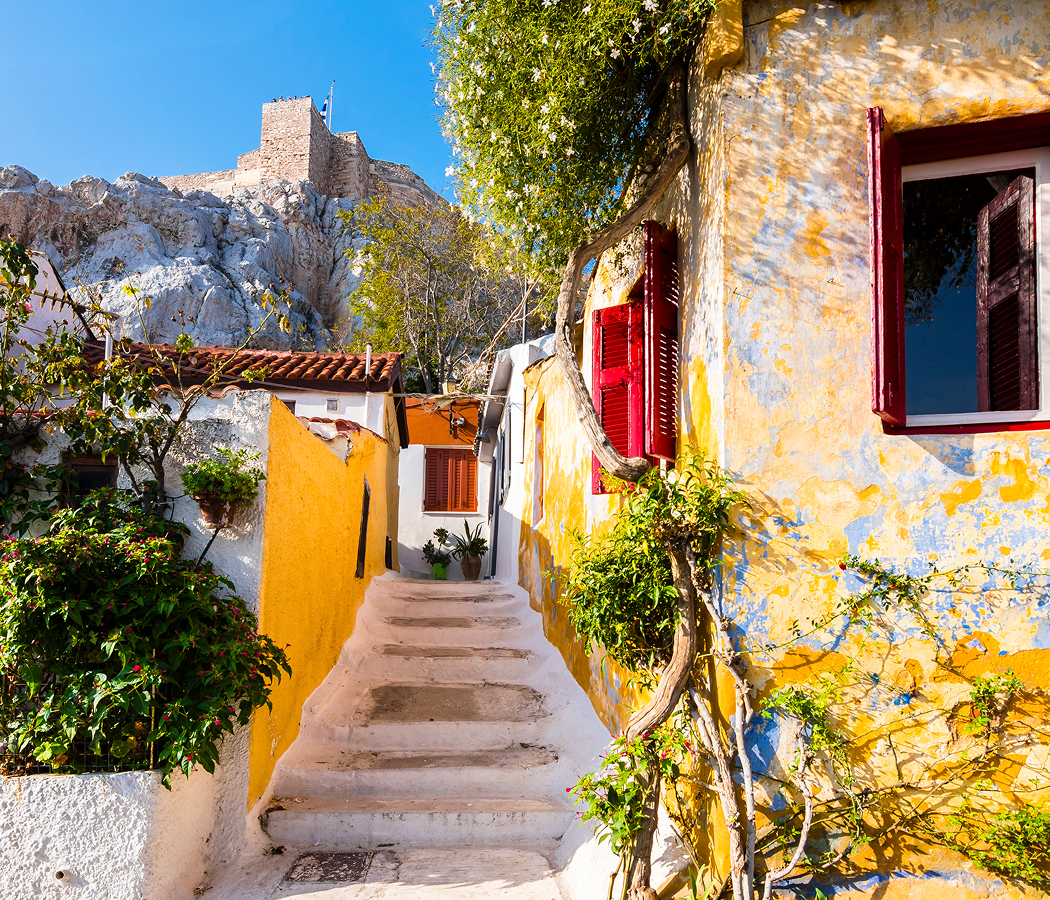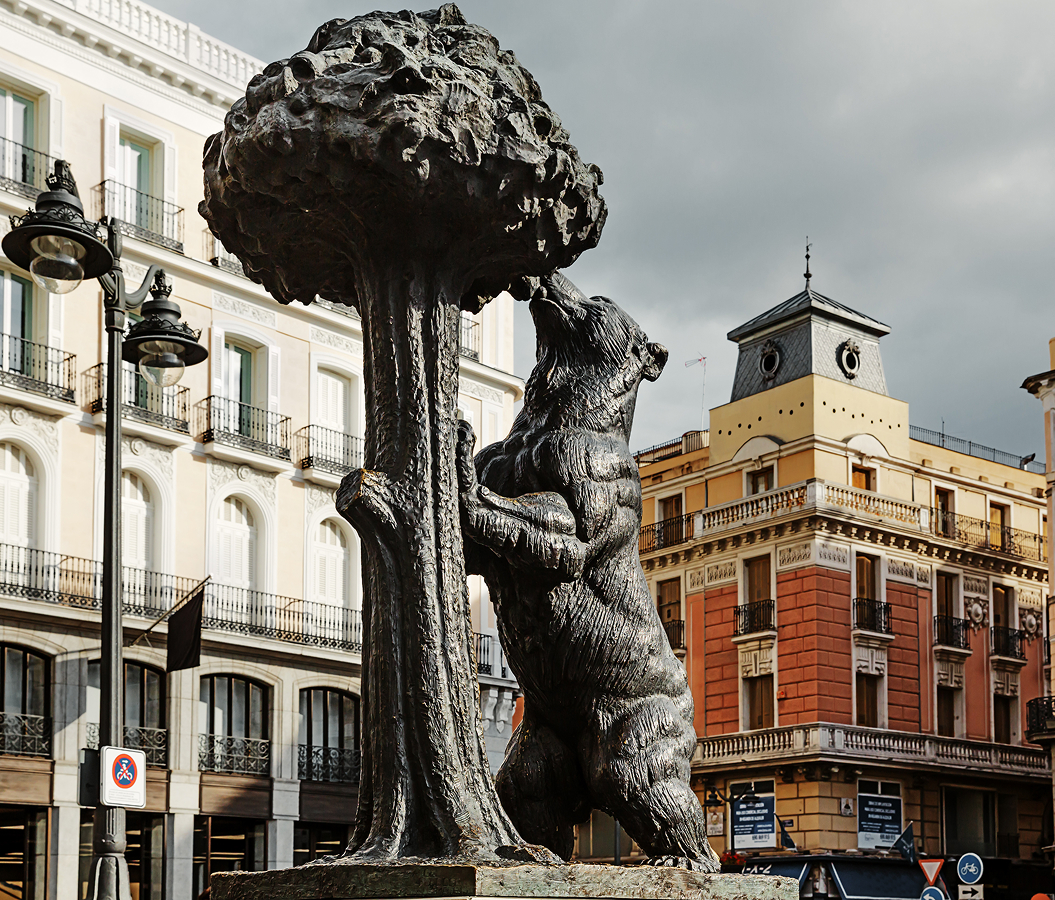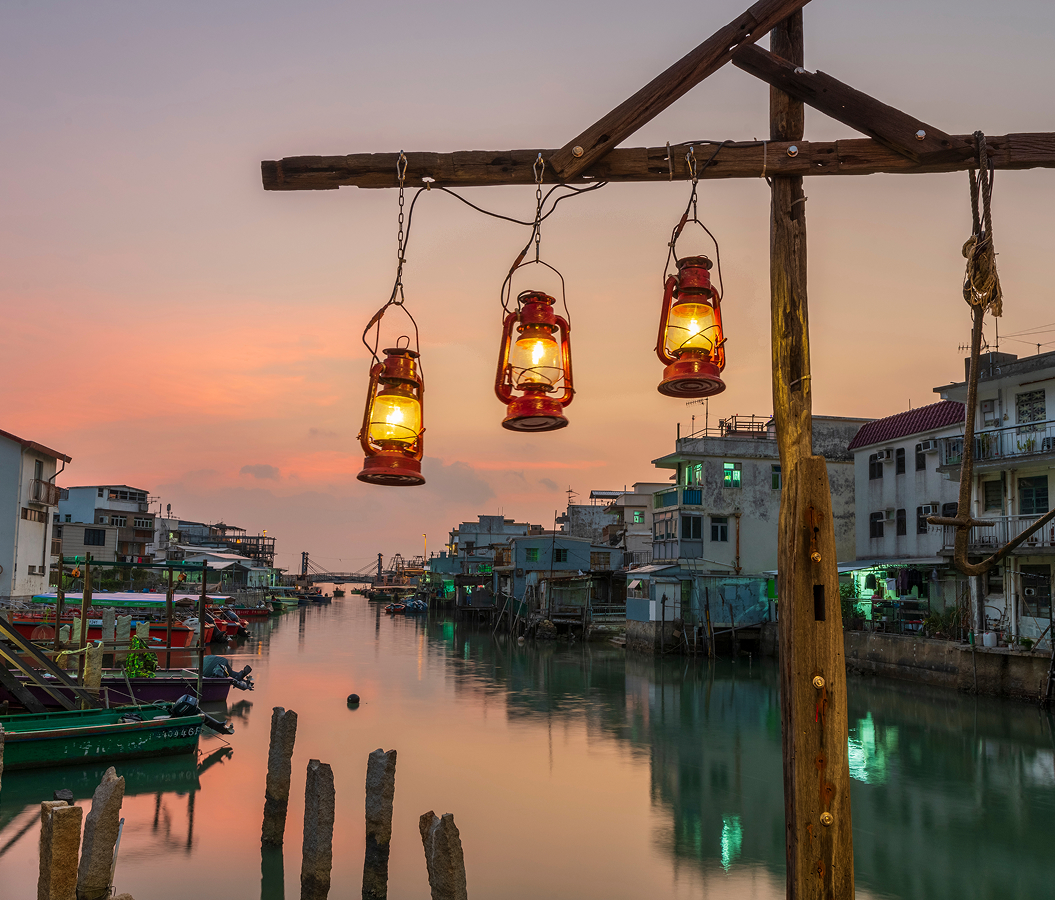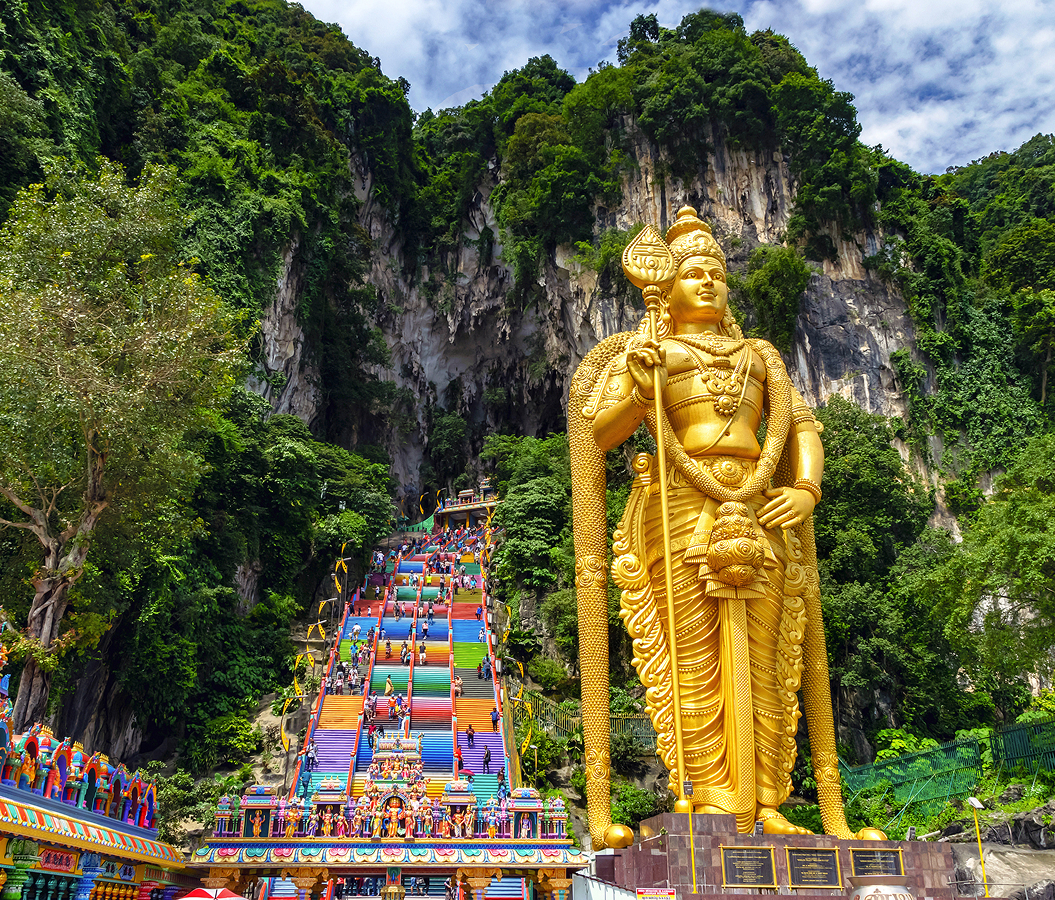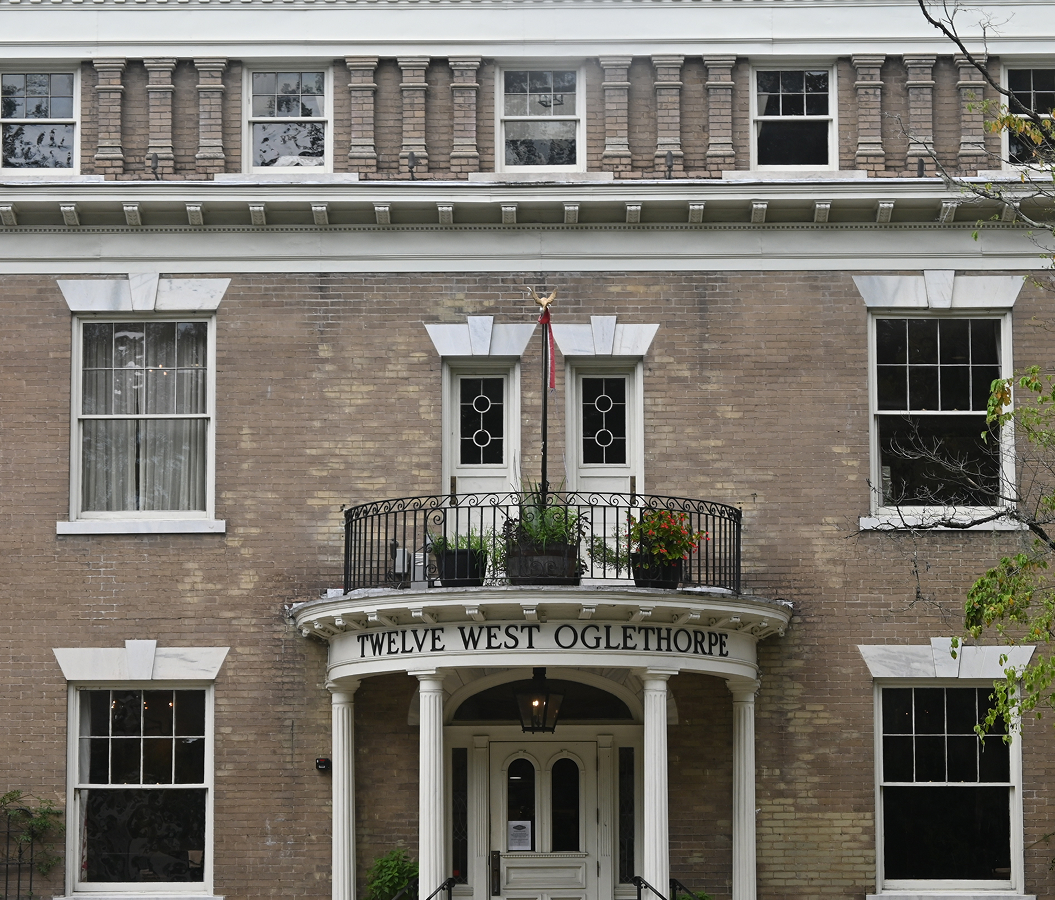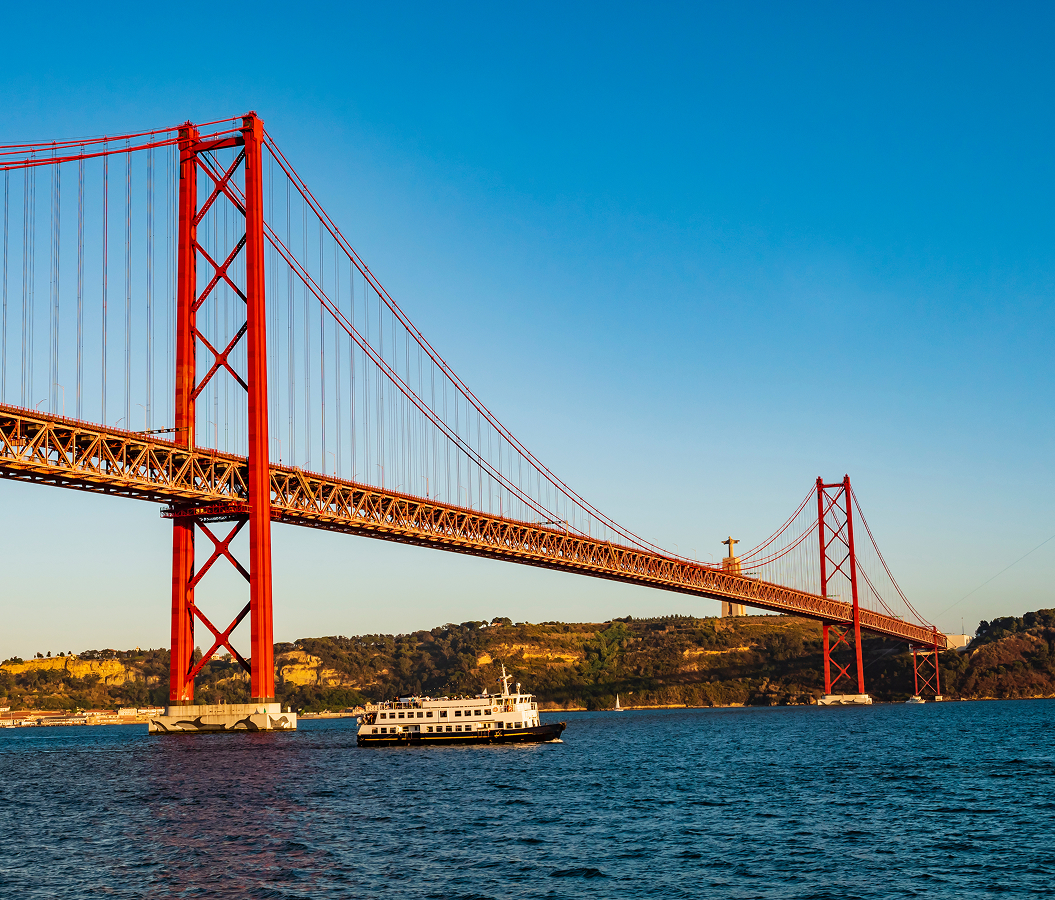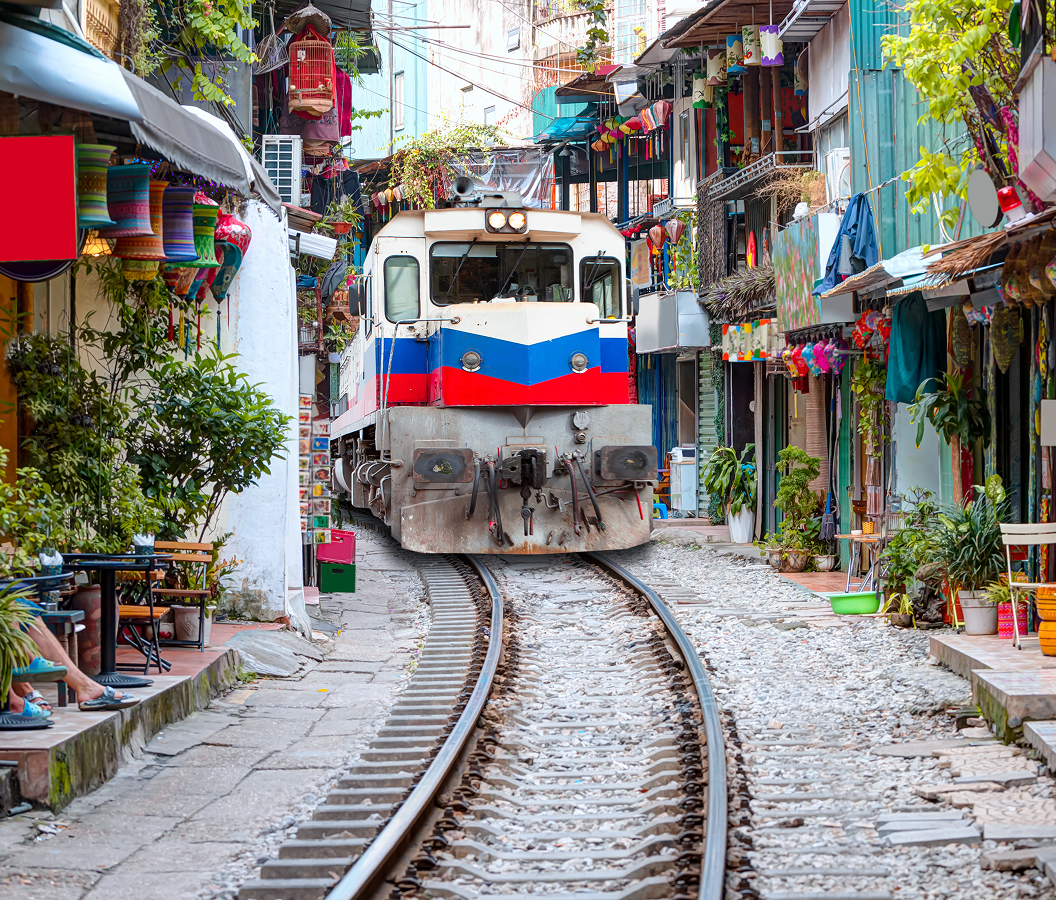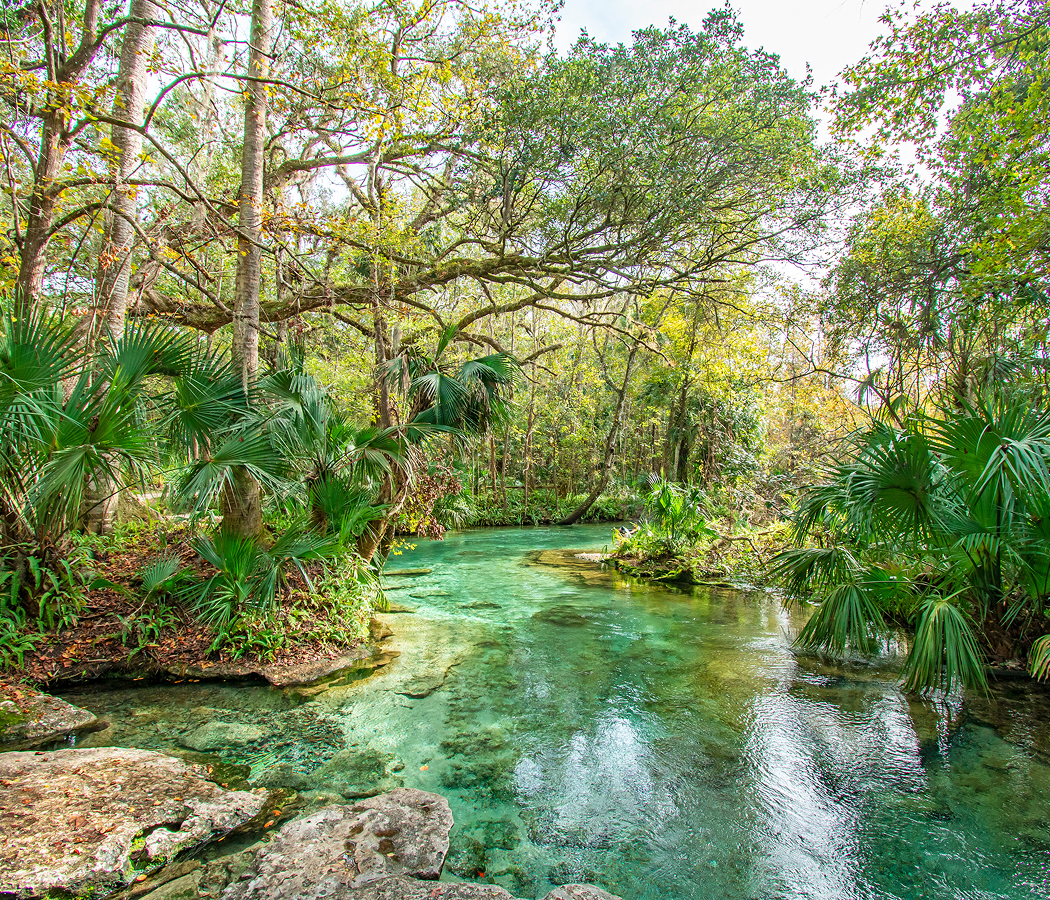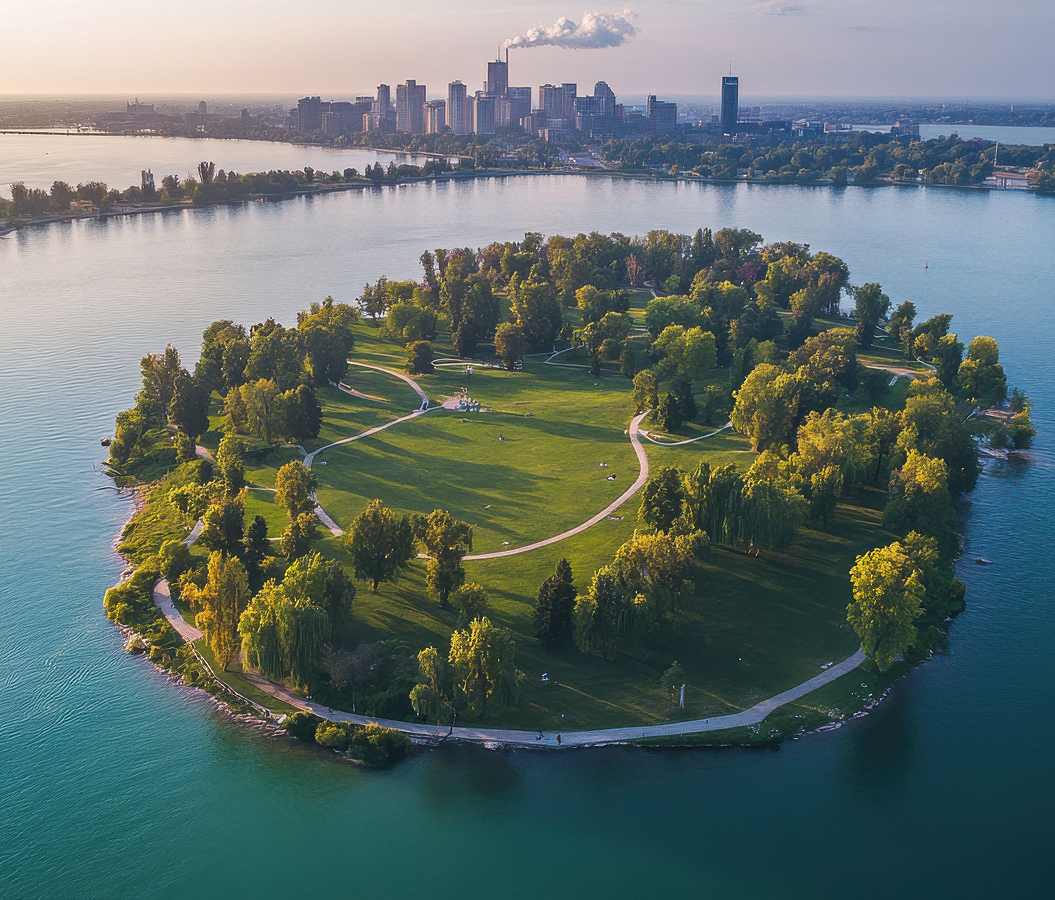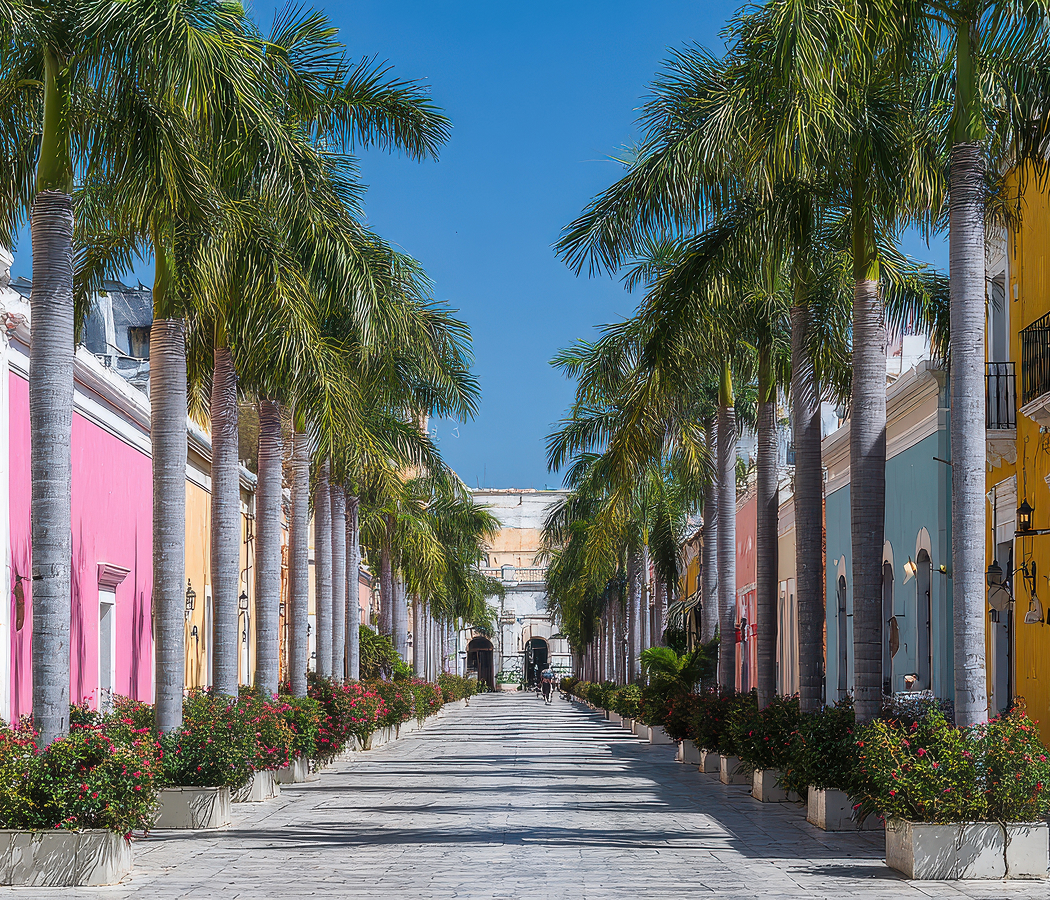
What you didn’t know about Cancún, Mexico.
Cancún sits at the intersection of ancient civilization, rare ecosystems, and some of the most unique geological formations in the world, a place shaped by coral, limestone, and thousands of years of Mayan history.
The entire Yucatán Peninsula rests on porous limestone that creates cenotes, natural freshwater sinkholes formed when underground caves collapse. These cenotes were sacred to the Maya and now make up one of the largest networks of subterranean rivers on Earth. The Caribbean waters off Cancún are part of the Mesoamerican Barrier Reef, the second-largest coral reef system in the world, home to sea turtles, rays, reef sharks, and neon-colored fish. Nichupté Lagoon, calm, glassy, and biodiverse, shelters mangrove forests essential for the health of the coastline. Even Cancún’s beaches regenerate naturally: their bright white sand is made of crushed coral, which stays cool underfoot even in intense heat. And scattered throughout the region are remnants of Mayan civilization, temples aligned with celestial events, stone structures built without modern tools, and archaeological sites like El Rey and El Meco sitting quietly within the reach of modern hotels. Cancún may feel like pure leisure on the surface, but its foundations run incredibly deep.
Five fascinations about Cancún.
5. The city was created by the Mexican government.
Unlike most ancient or colonial cities, Cancún didn’t exist until the 1970s. It was handpicked and planned by the Mexican government as a tourism project, transforming a quiet stretch of jungle and beach into a world-famous escape.
4. There’s an underwater museum you can snorkel through.
MUSA (Museo Subacuático de Arte) is a submerged sculpture park with over 500 life-sized figures resting on the seafloor. Built to promote coral growth and marine preservation, it turns snorkeling into something surreal, and strangely moving.
3. It sits at the edge of the second-largest coral reef in the world.
The Mesoamerican Barrier Reef stretches from Cancún down to Honduras, second only to Australia’s Great Barrier Reef. It’s home to hundreds of marine species and remains one of the region’s most vital ecosystems, right beneath the tourist wake.
2. Nearby cenotes hold secrets from the Mayan world.
Just outside Cancún, freshwater sinkholes called cenotes were once sacred to the Maya. Some still contain artifacts, and even skeletal remains, from ancient rituals. Swimming in one isn’t just refreshing, it’s spiritual.
1. The name “Cancún” likely means “nest of snakes.”
The name comes from the Mayan words kaan (snake) and kun (nest). While the snakes are mostly metaphorical these days, the original meaning adds a whole new layer of intrigue to a city many only see for its beaches.
Where meaningful travel begins.
Start your journey with Foresyte, where the planning is part of the magic.
Discover the experiences that matter most.


